


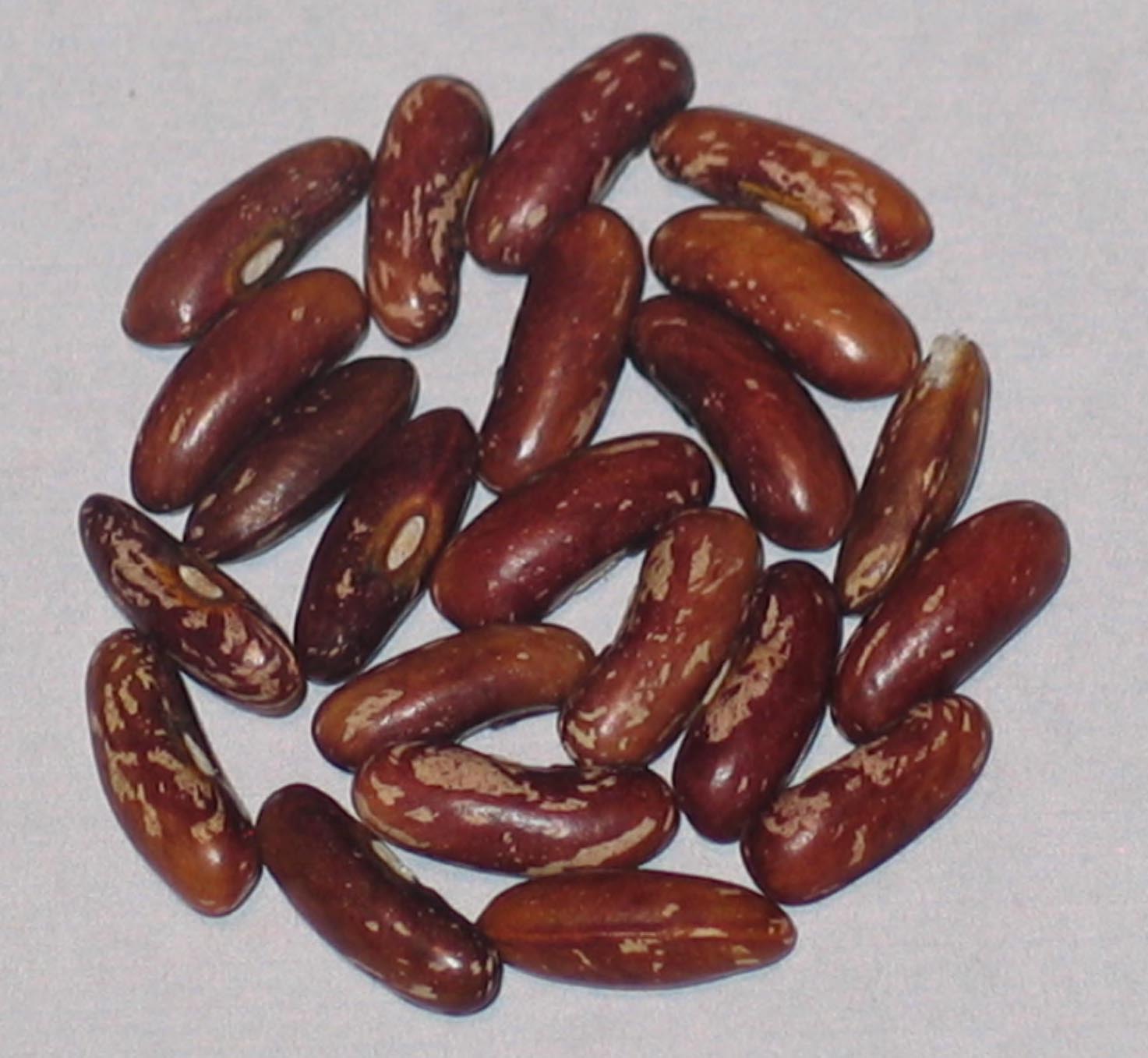
Cupidon Fillet
Grown In 2021
Bush Snap. Of European origin. Possibly of some more recent breeding work there. Donated by Jenny Blaser of Little Chute, Wisconsin 2021
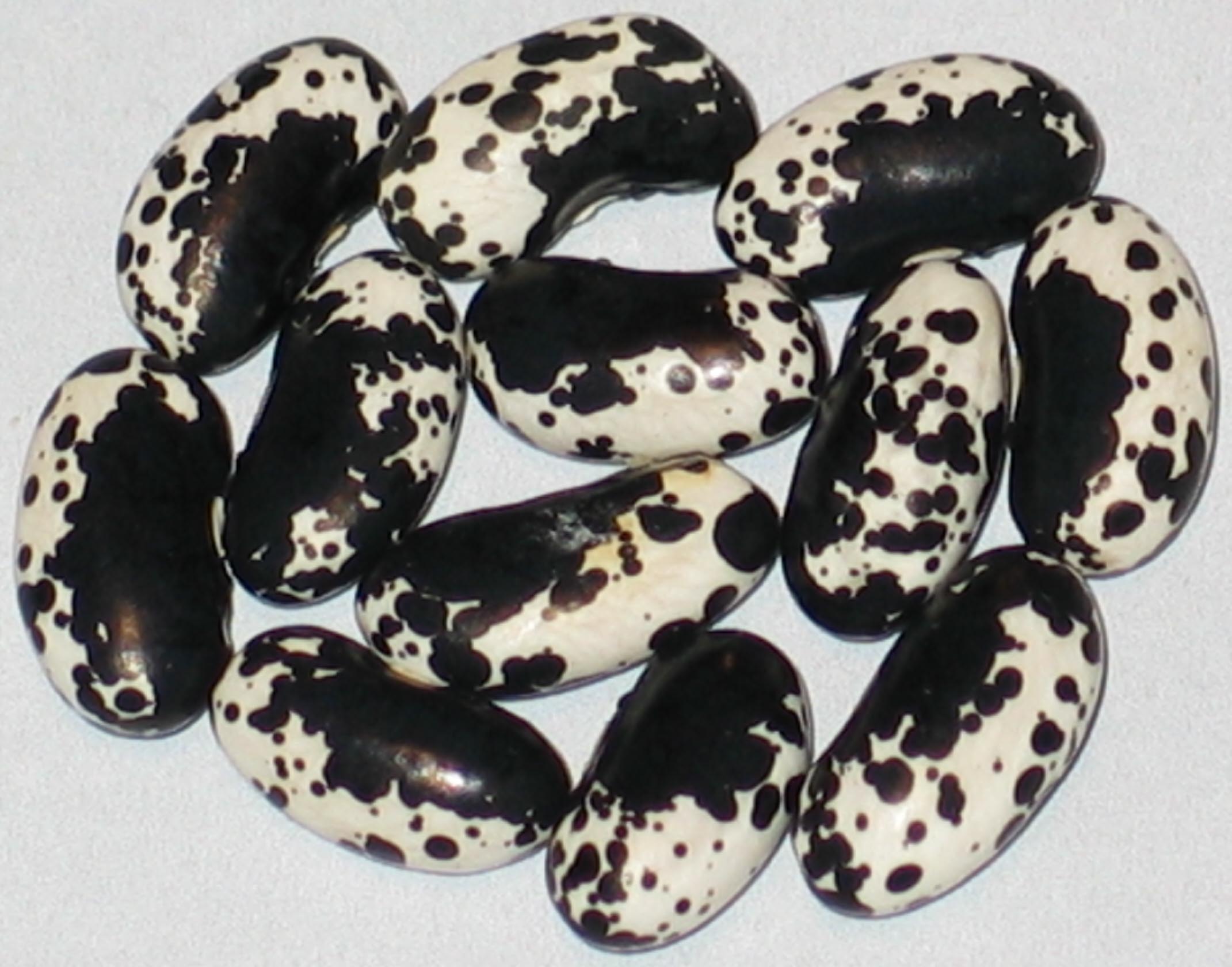
Danish Cat
Grown In '18 & 2023
Bush Dry. This bean is another one of those adventures in your garden. I’ve grown it once in 2018 and it produced a number of seed coats. An outcross from Vivi Logan of Copenhagen, Denmark 2017
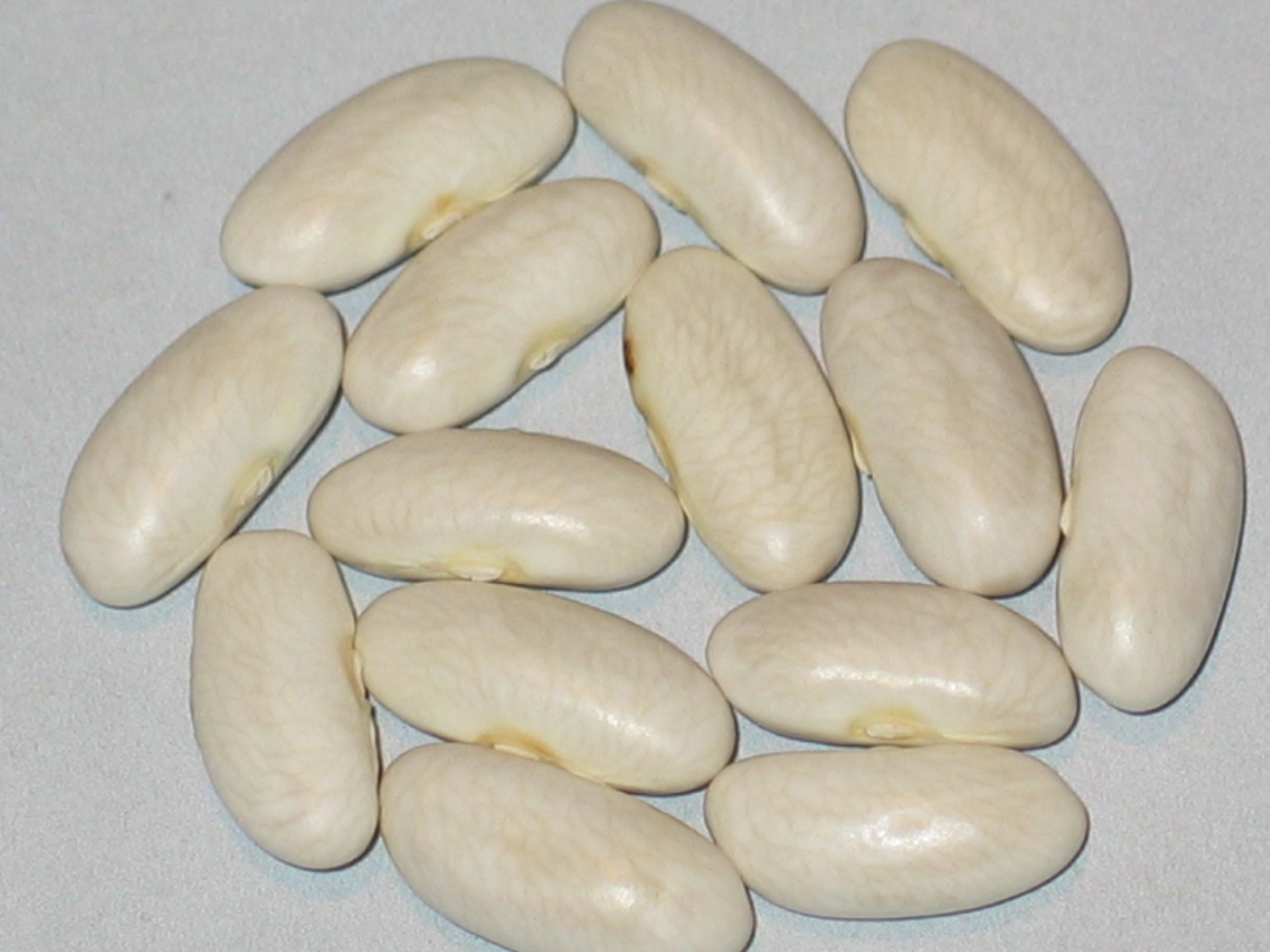
Dead Man’s Tooth
Grown In '21 & 2023
Bush Dry. My seed donor is from Marion, Iowa, 2017. One of the many bean varieties brought back to the U.S. by Joseph Simcox “The Botanical Explorer”. Beans origin said to be Italy.
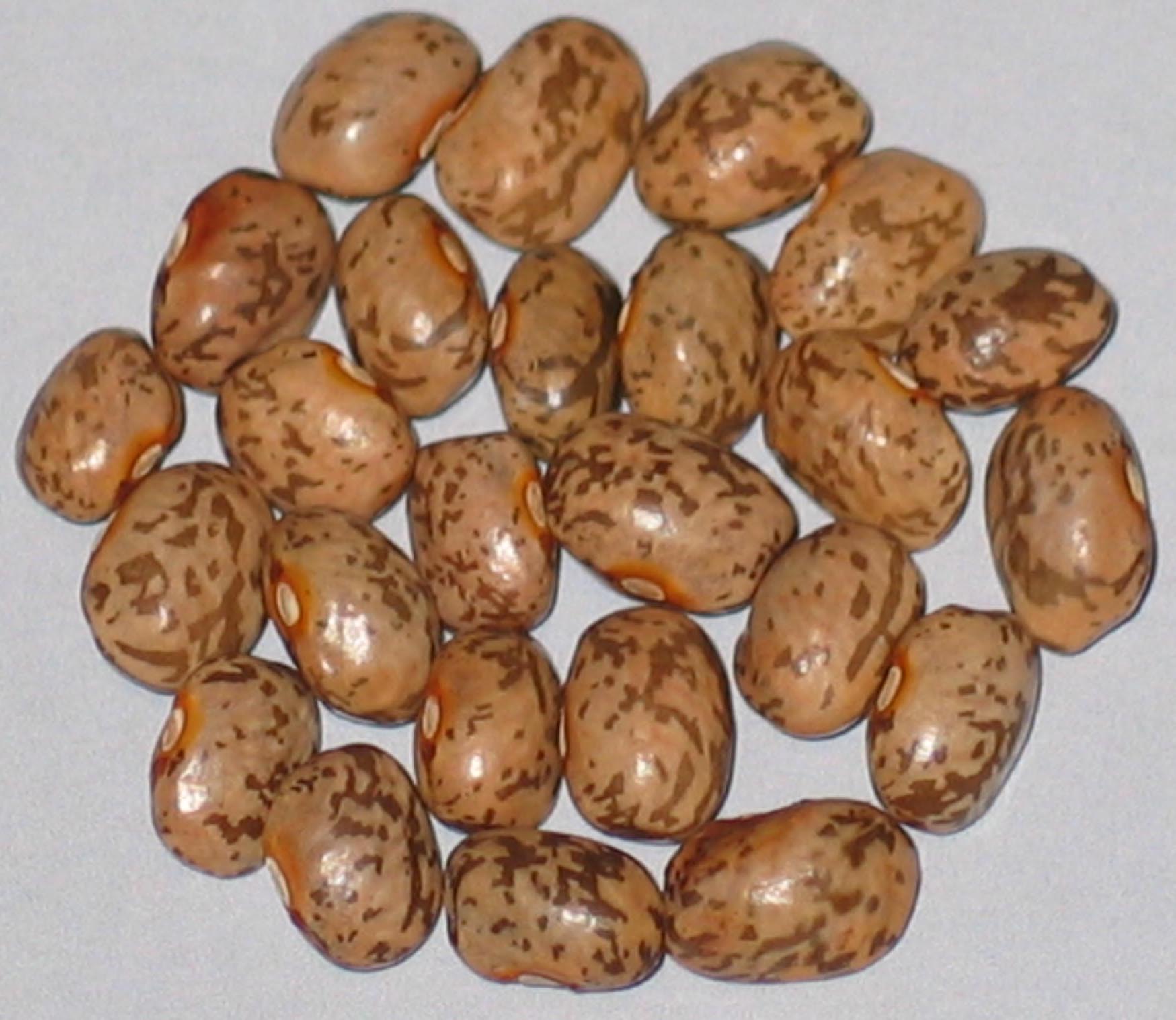
Dean Family Greasy Cutshort
Grown In '22 & 2023
Pole. Acquired this bean at the Central Indiana Seed Swap in Nobelsville, Indiana February 2020. The grower of this bean is Bill Best of Berea, Kentucky.
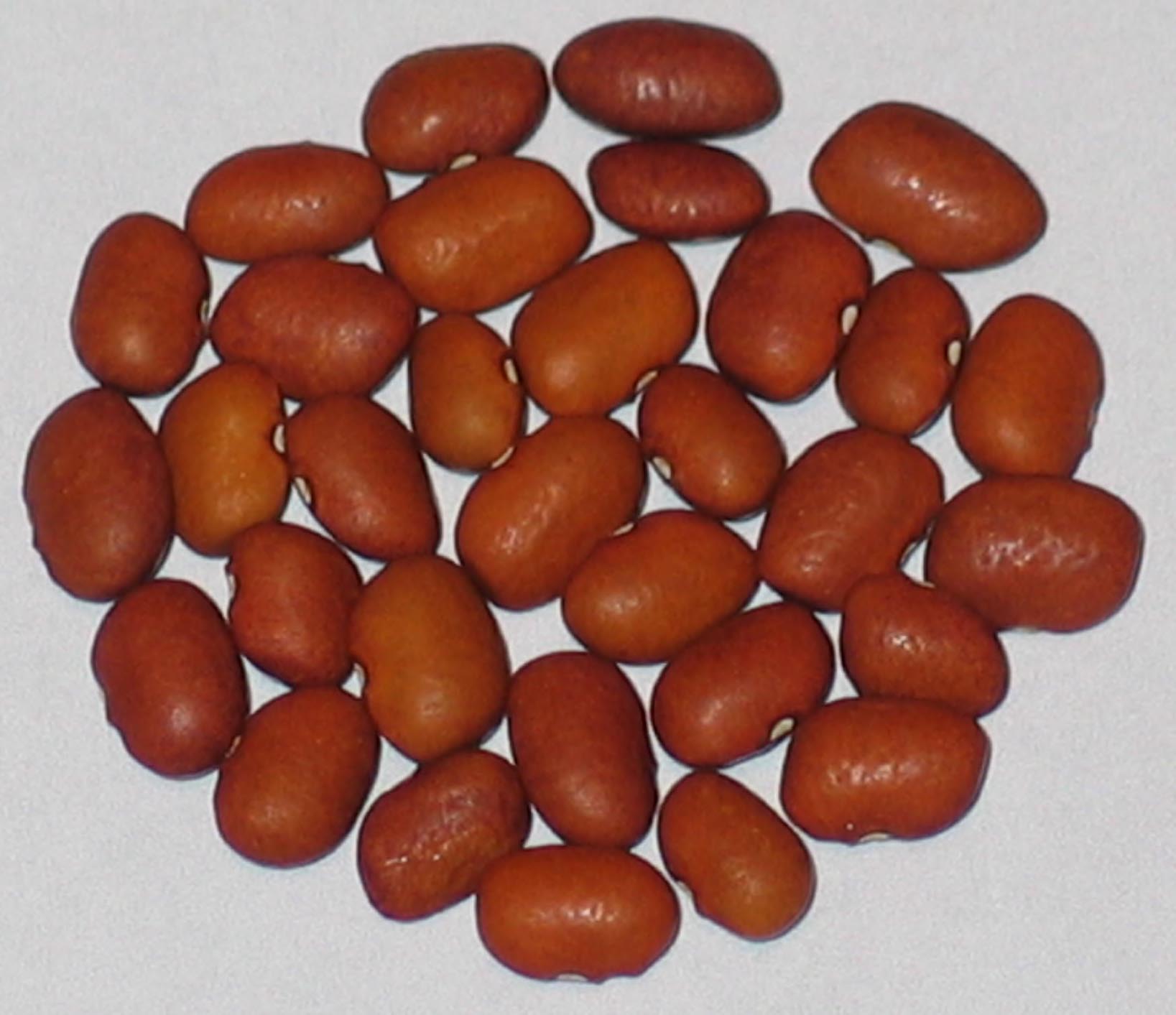
Deep Orange Tepary
Grown In 2019
Bush-Dry-Tepary. Southwest adapted to the low desert climate with very little rain. Seed donor from Potter Valley, California 2013.
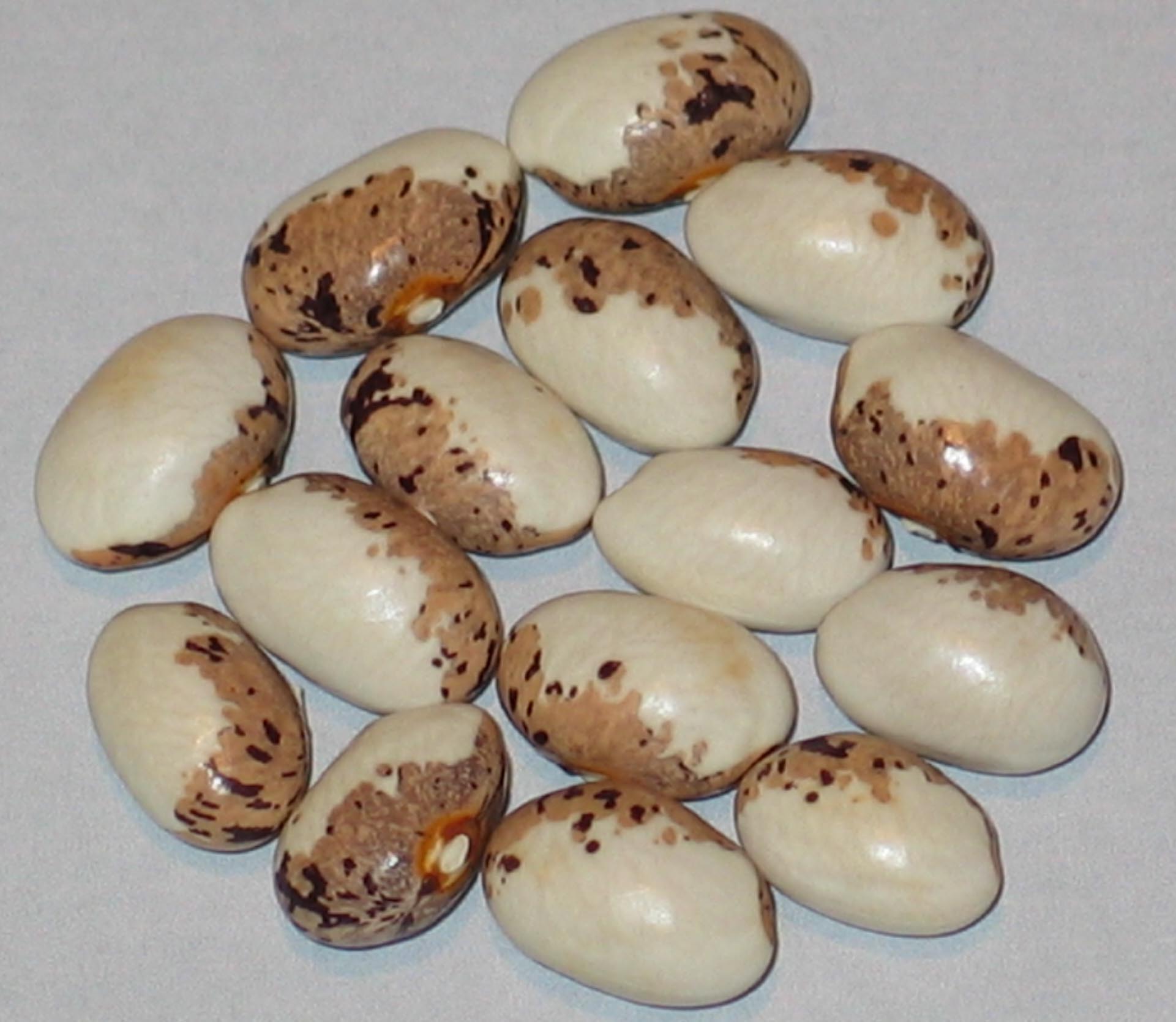
Del Angelo
Grown In '15,'20,'22 & 2023
Pole Dry. Comes from my seed donor in Valpiano, Italy, 2019. Joseph Simcox had collected this bean once in Genoa, Italy in a seed collecting excursion through that country.
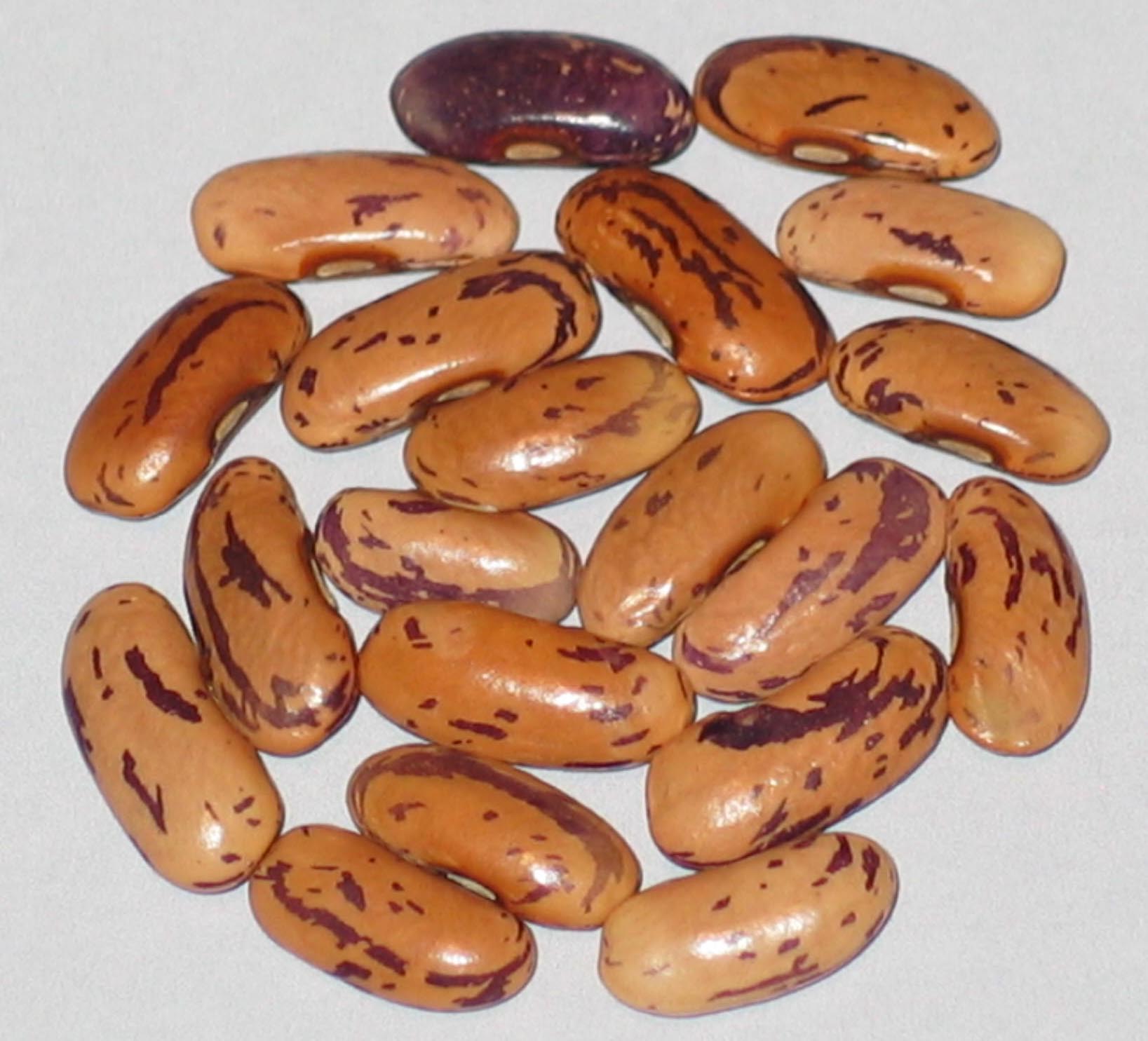
Deuil Fin Precoce
Grown In ?
Bush. My seed donor is from Willich, Germany, 2019. French variety released in 1958. Grows staright green pods splash and streaked with purple markings. Can be eaten young as a snap bean.
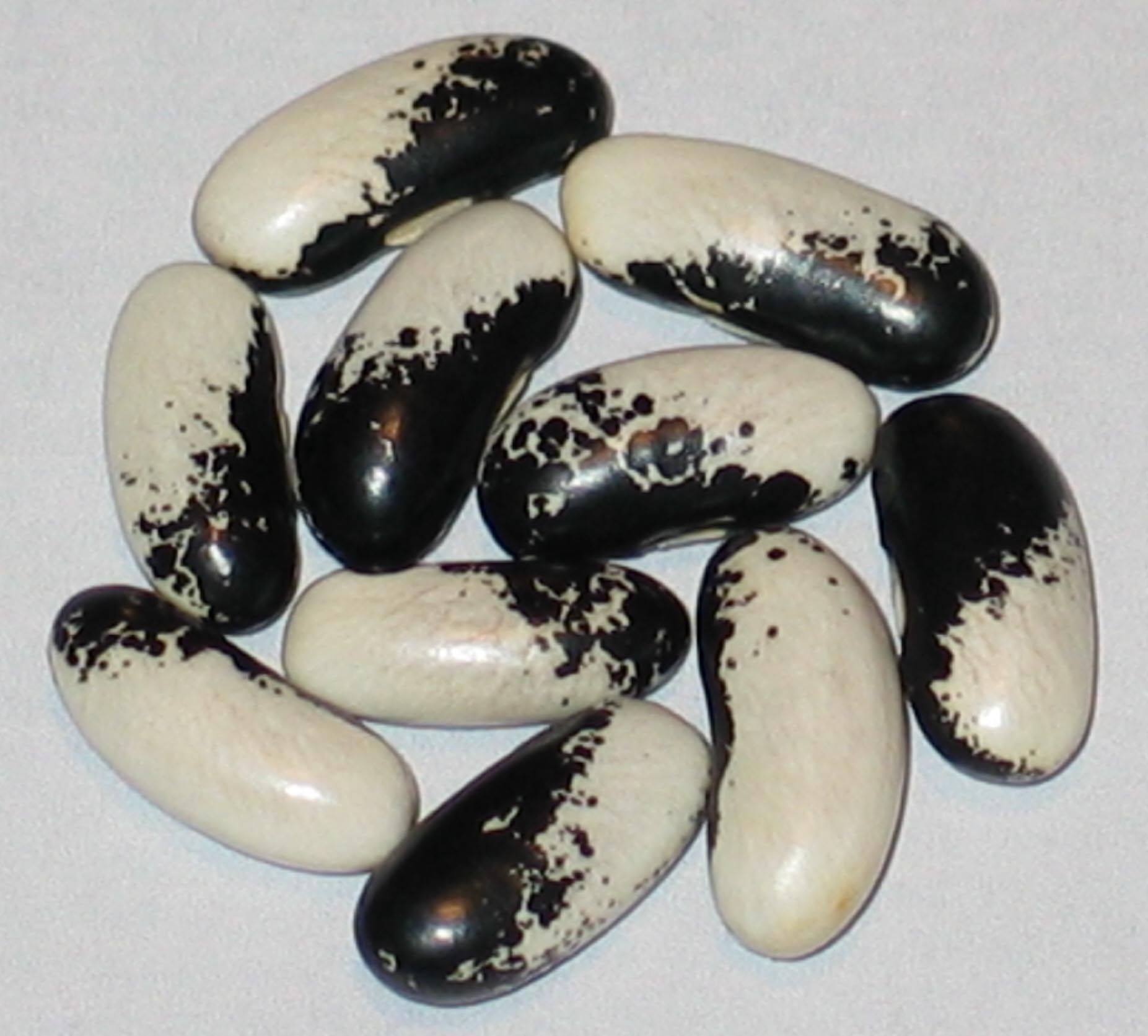
DH-16
Grown In 2021
Bush Dry. My seed donor is from Drevhostic, Czech Republic 2019.
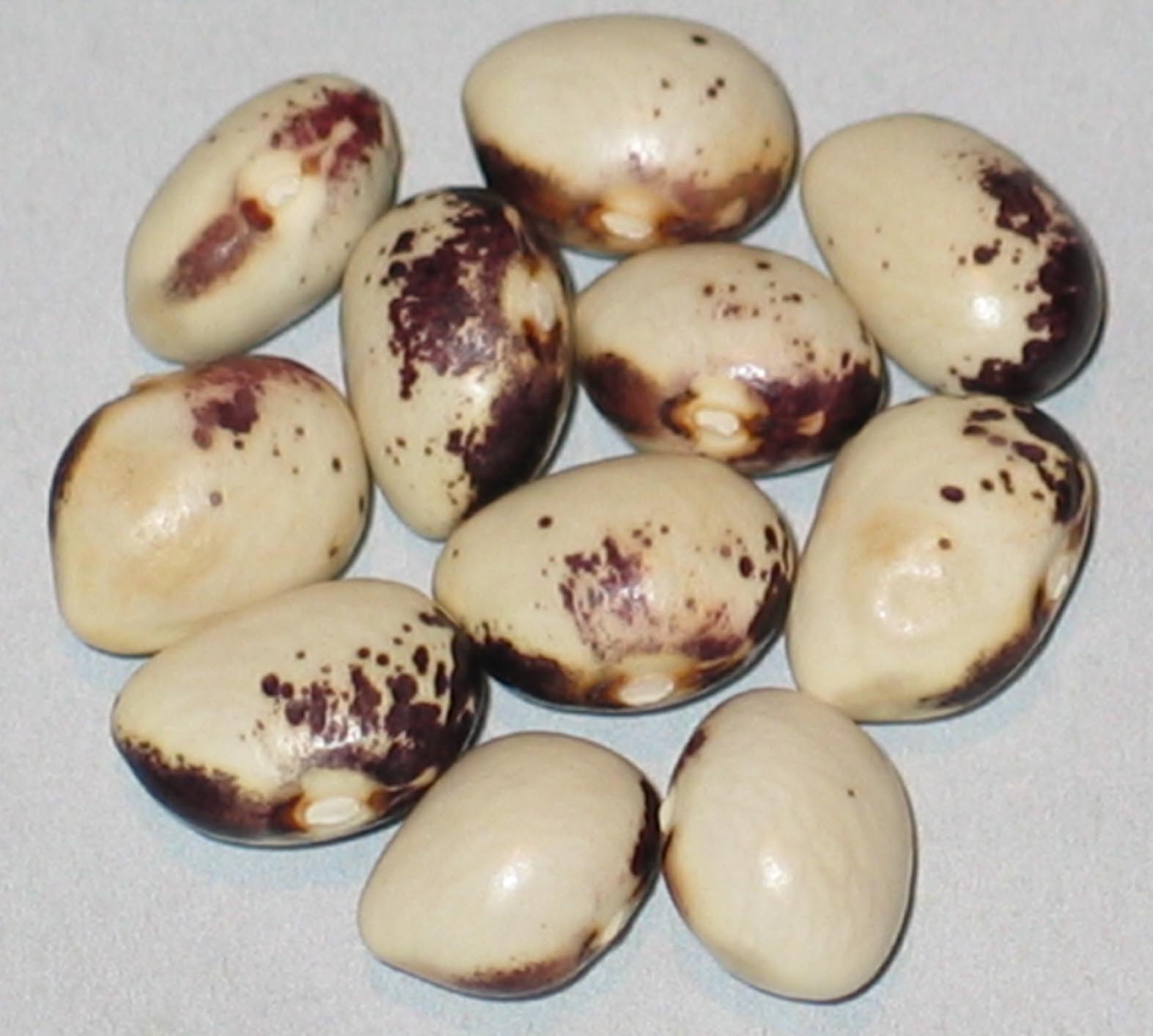
Diamont
Grown In 2023
Pole Dry. From my bean trading friend in Liebenfels, Austria 2018 who made a purchase of a variety of bean from Sarconi seed company in Italy. Upon grow out of the Sarconi variety she found this bean.

Dixie Speckled Butterpea
All Seed Is Out To Grower
Bush Lima. Small plump lima about the size of a pea. Very productive highly branched plants. 70 days for shellie beans and about 90 days for start of dry beans.
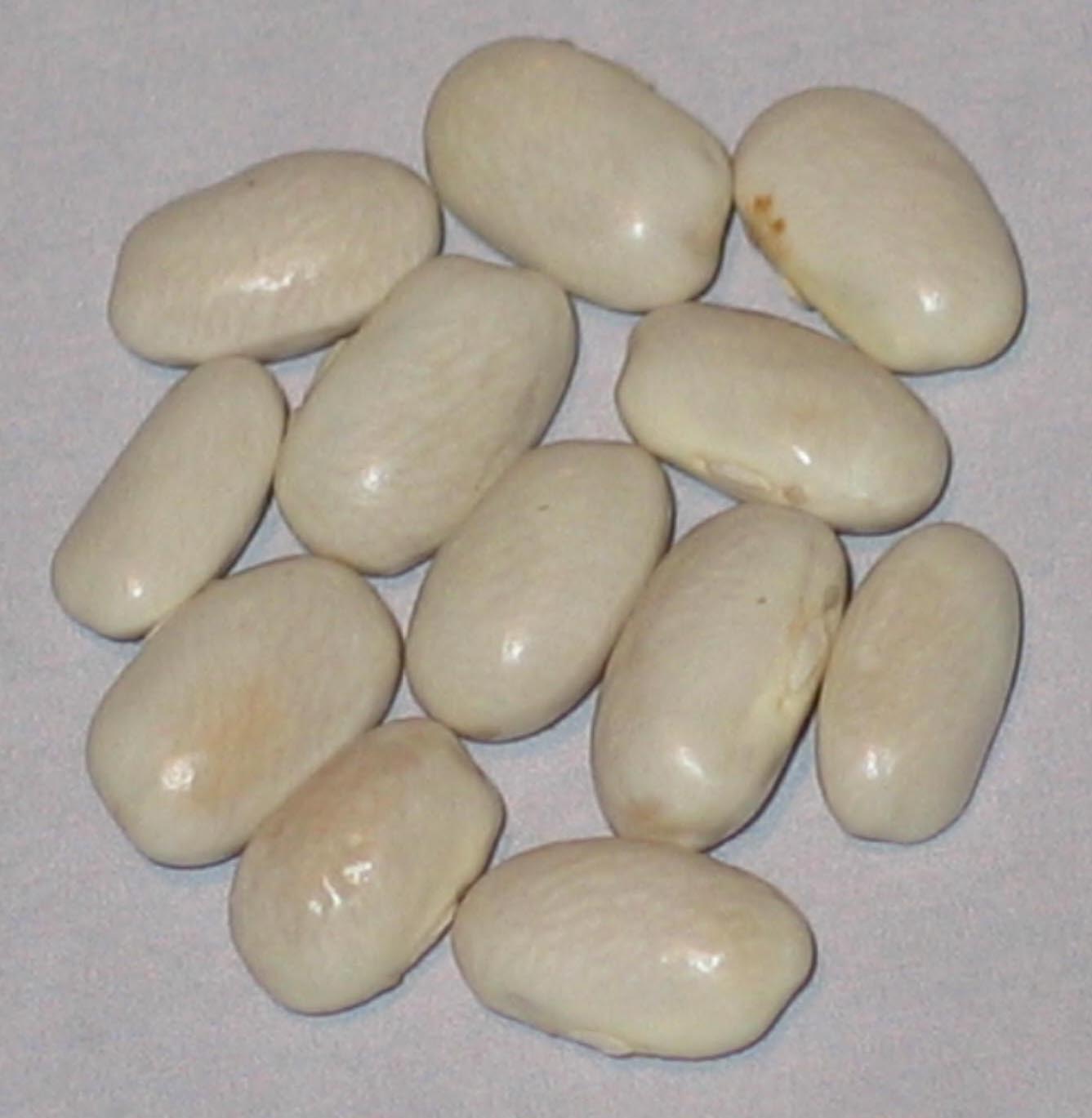
Donald Todd Half Runner
Grown In ?
Semi Runner. Tender snap bean. One of the many beans of Remy Orlowski’s (deceased) Sample Seed Shop through a gift of Karen Golden of Highland, Michigan. This bean has been grown and save for many years by Donald Todd father of Steve Todd in Tennessee.
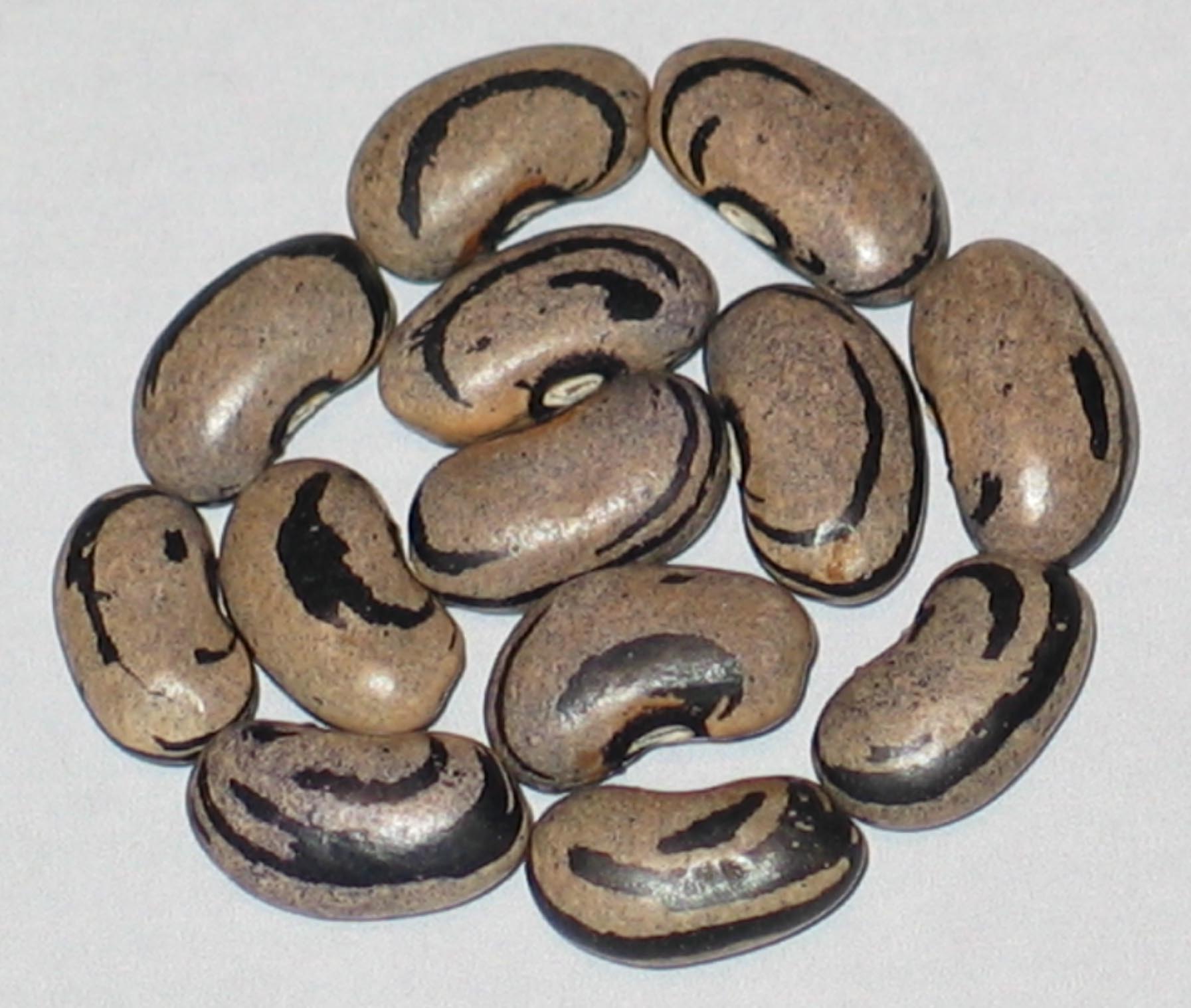
Doty India #1
Grown In 2023
Pole Snap. My seed donor is Karen Golden, Highland, Michigan, 2018. This bean is likely a variety that Joseph Simcox brought back on a seed collecting excursion.
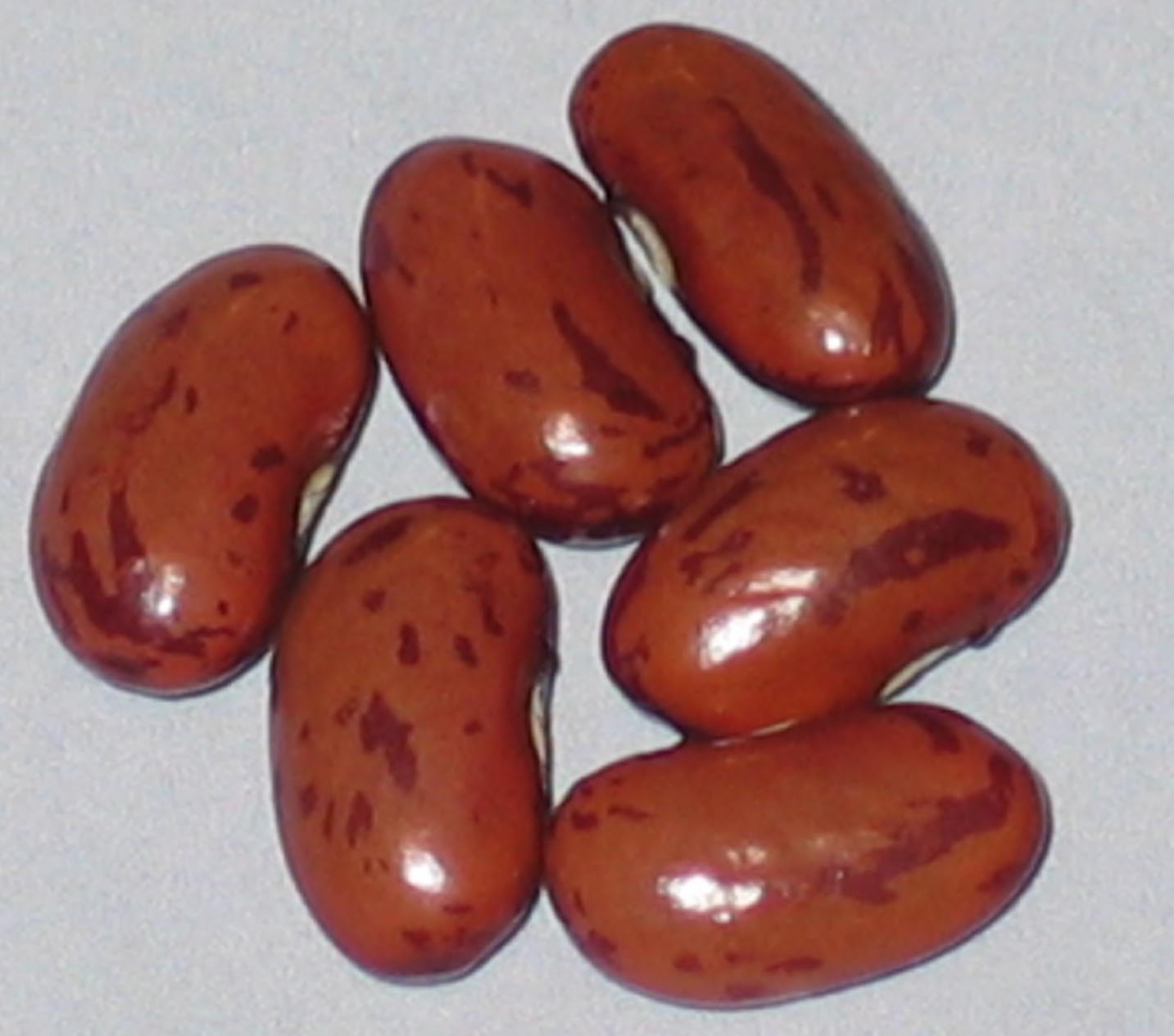
Doty Indian
Grown In ?
Pole Dry. Perhaps it’s name would suggest it’s country of origin. A Joeph Simcox collected bean comes to me via Karen Golden of Higland, Michigan in 2020
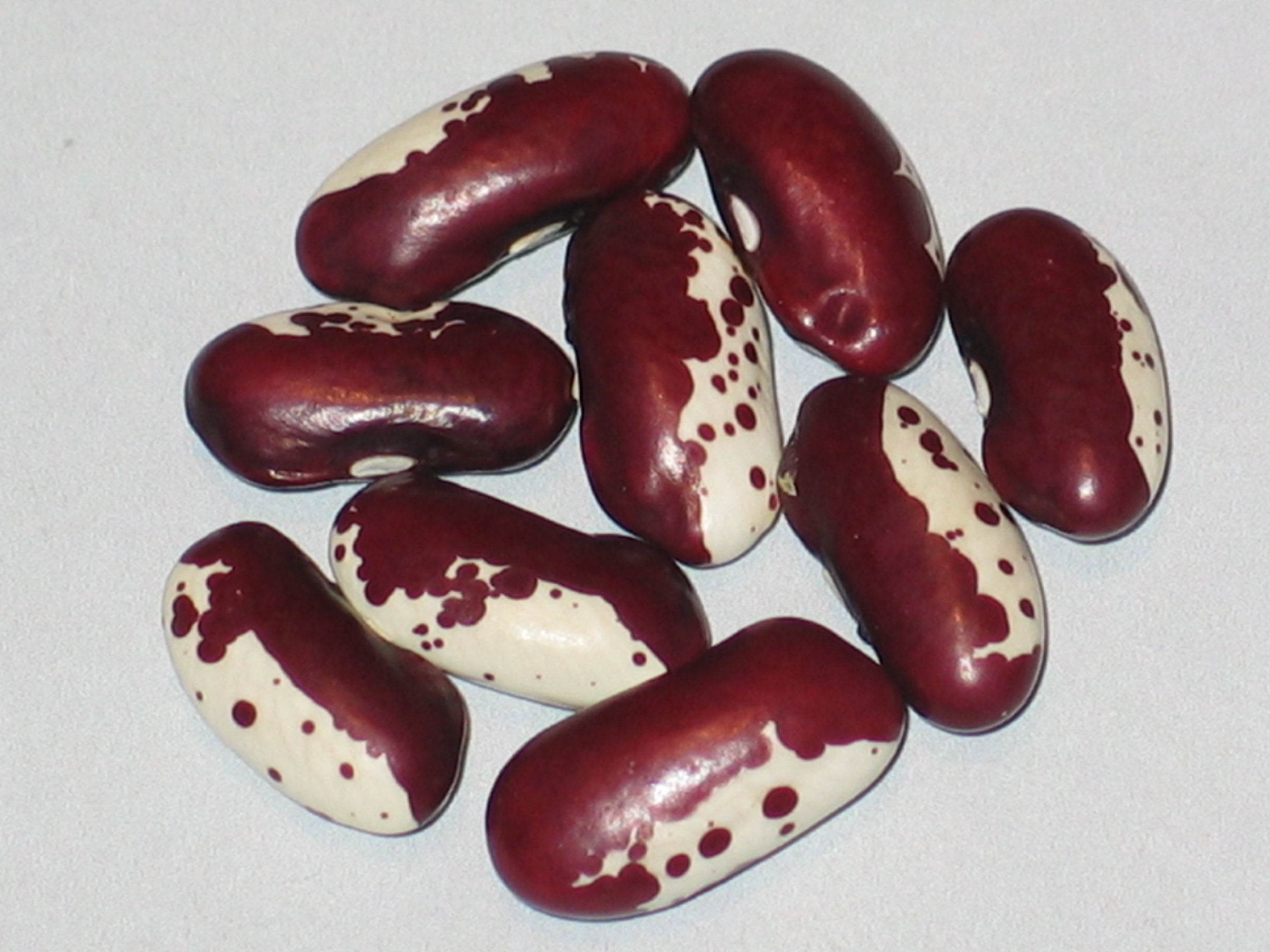
Doti Dotion
Grown in 2014
Pole Dry. My seed donor is from Marion, Iowa, 2017. Beans origin is Ijevan, Aremenia.
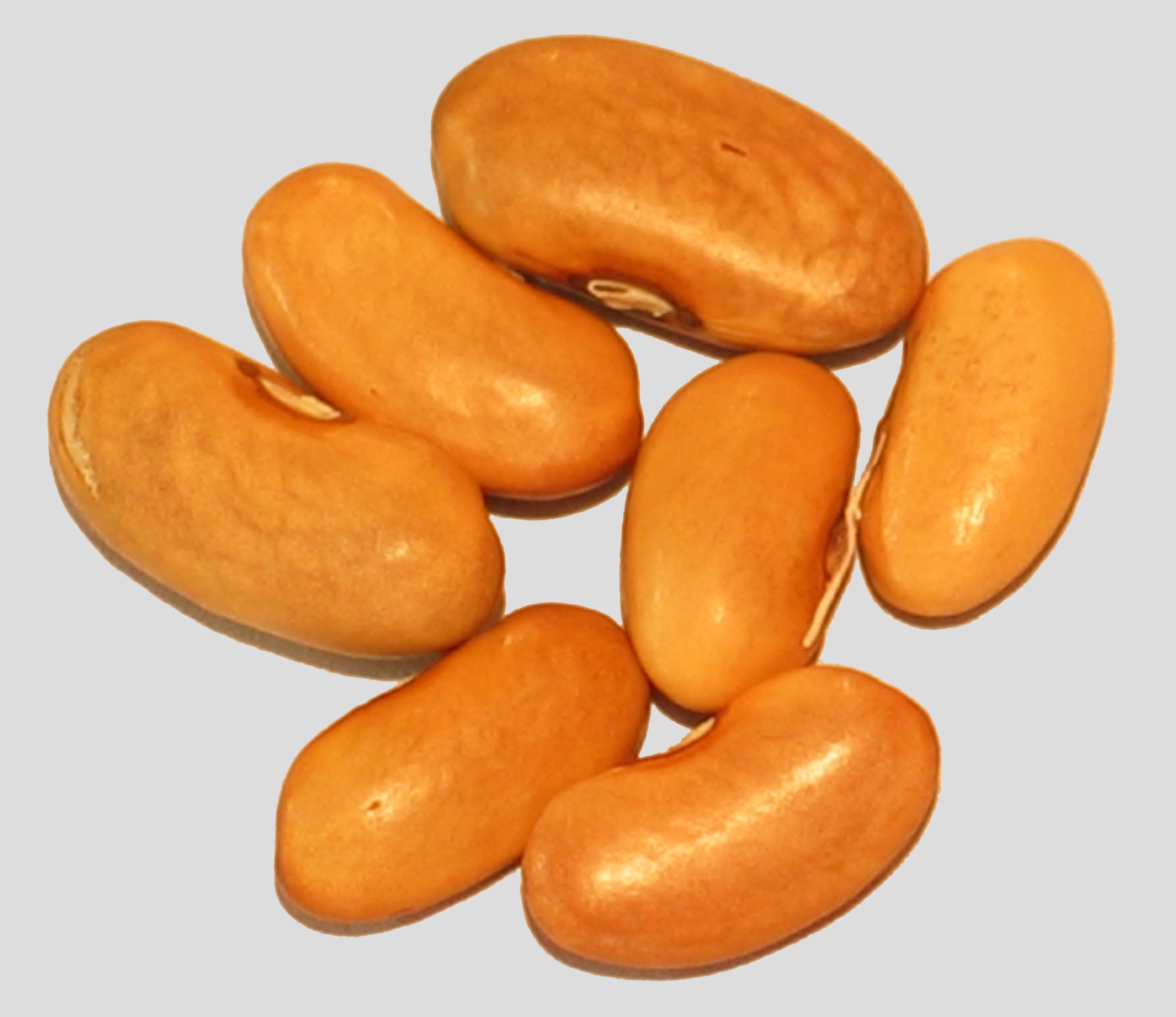
Dow Purple Pod
Grown In 2022
Pole Snap. Seed donor from Potter Valley, California claims this bean is one of the fastest growing varieties in the world. Rare variety originates from the state of Illinois.
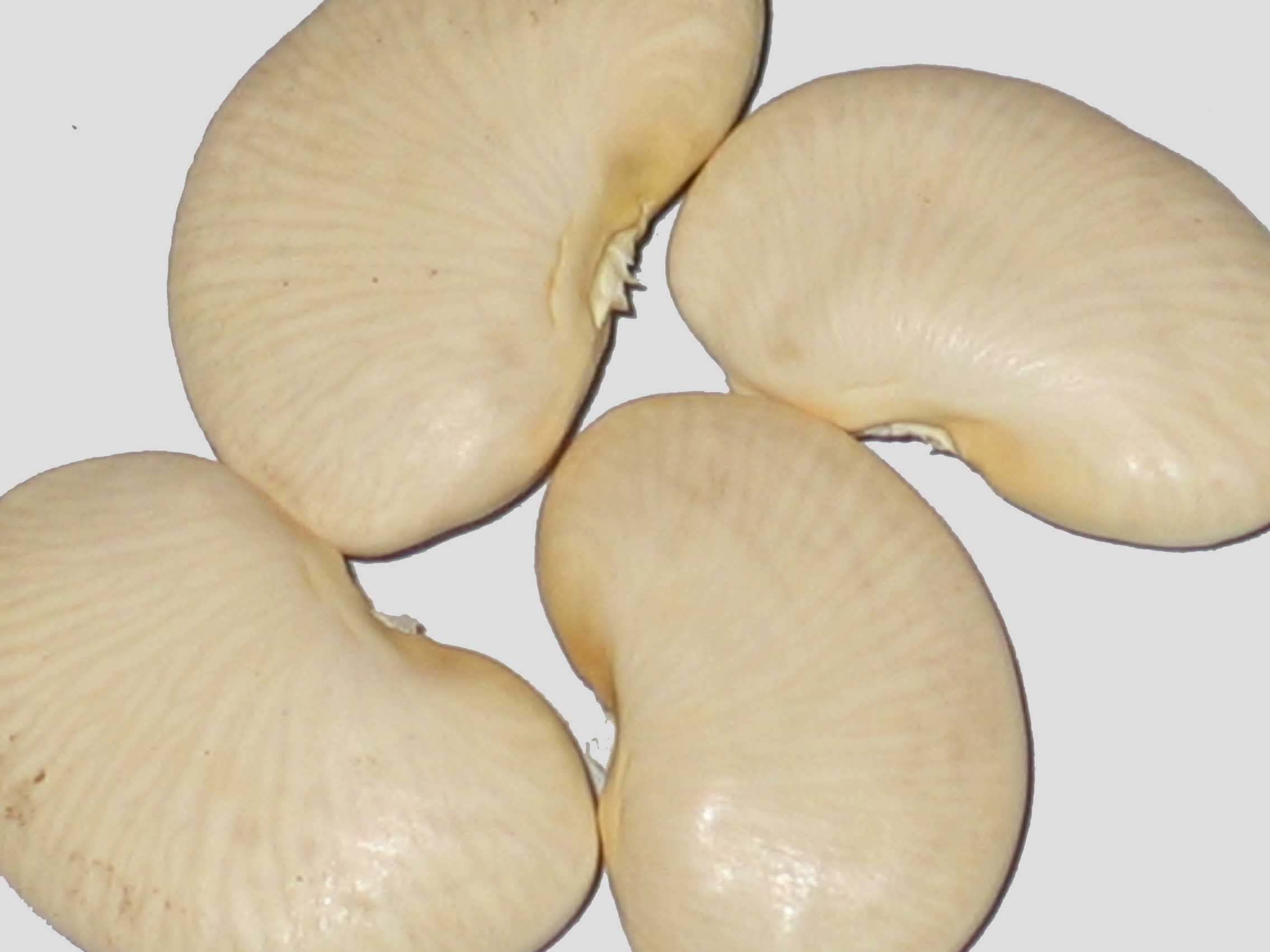
Dr. Martin’s
Last Grown ?
Pole Lma. The bean was developed in the 1920's by a Dr. Harold E. Martin, a Philadelphia dentist. Born in Philadelphia on March 2, 1888. He was also the developer of the true black Brandywine tomato. A hard to find variety that has nearly died out. Said to produce vines that are 16 to 20 feet long.
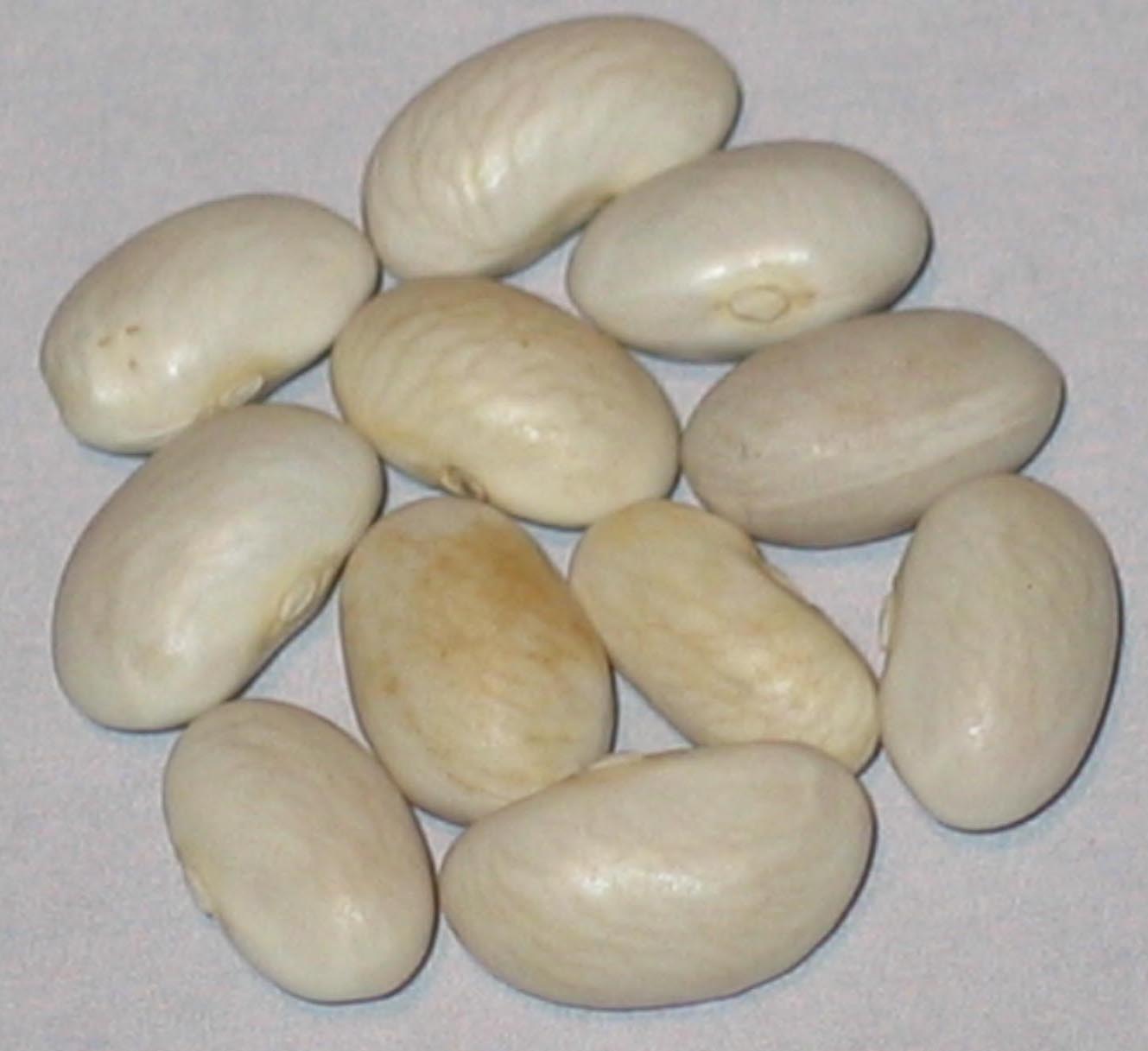
Drabo
Grown In ?
Bush Dry. Country of origin is Switzerland. Plants are bushy and produce beans that a shorter cooking requirement.
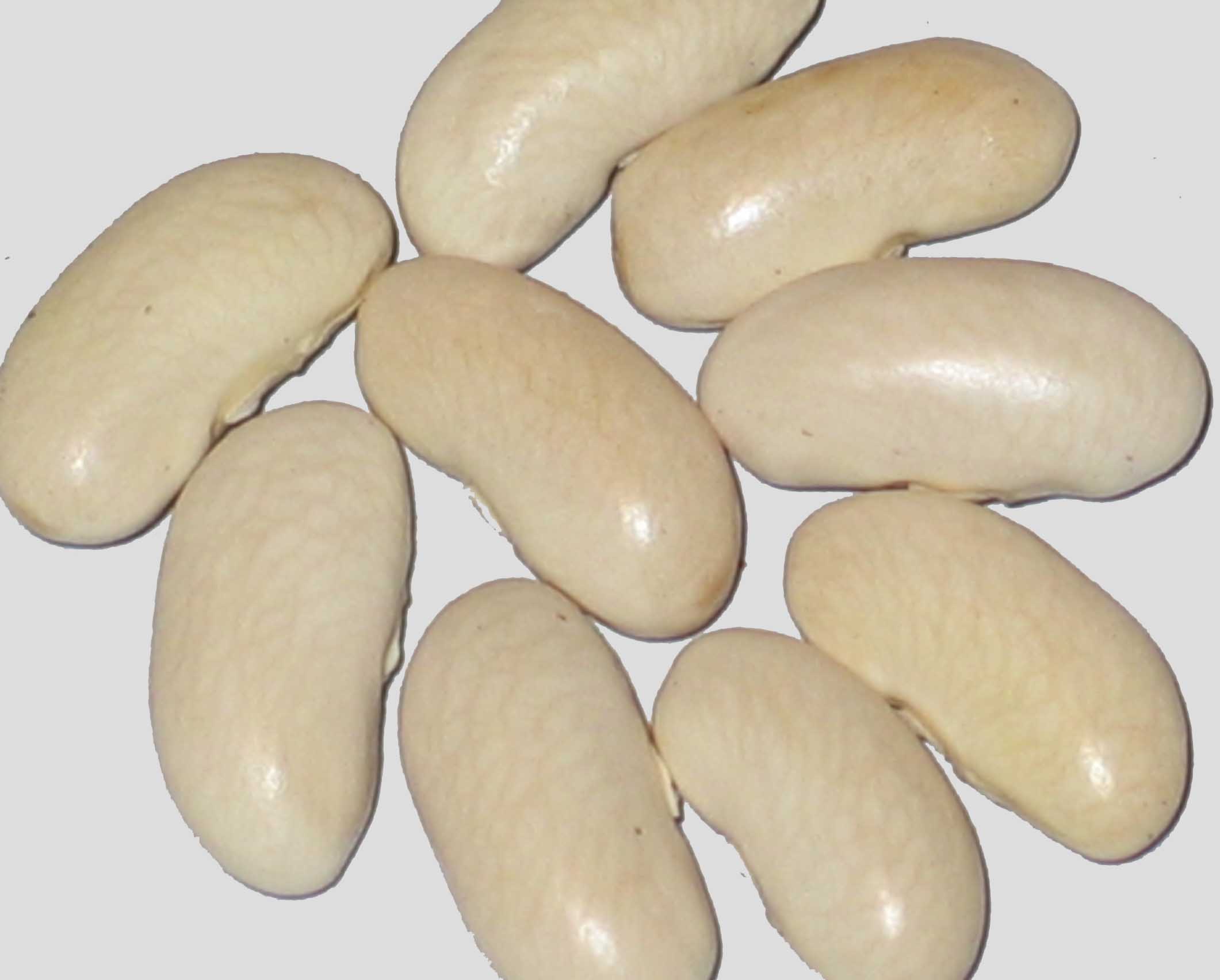
Duane Baptiste
Grown In '16,’17 & 2019
Bush Dry. Grows without runners. Old Six Nations bean traditionally used as a thickener in corn soup. Original seed donor from Guthrie, Kentucky 2016
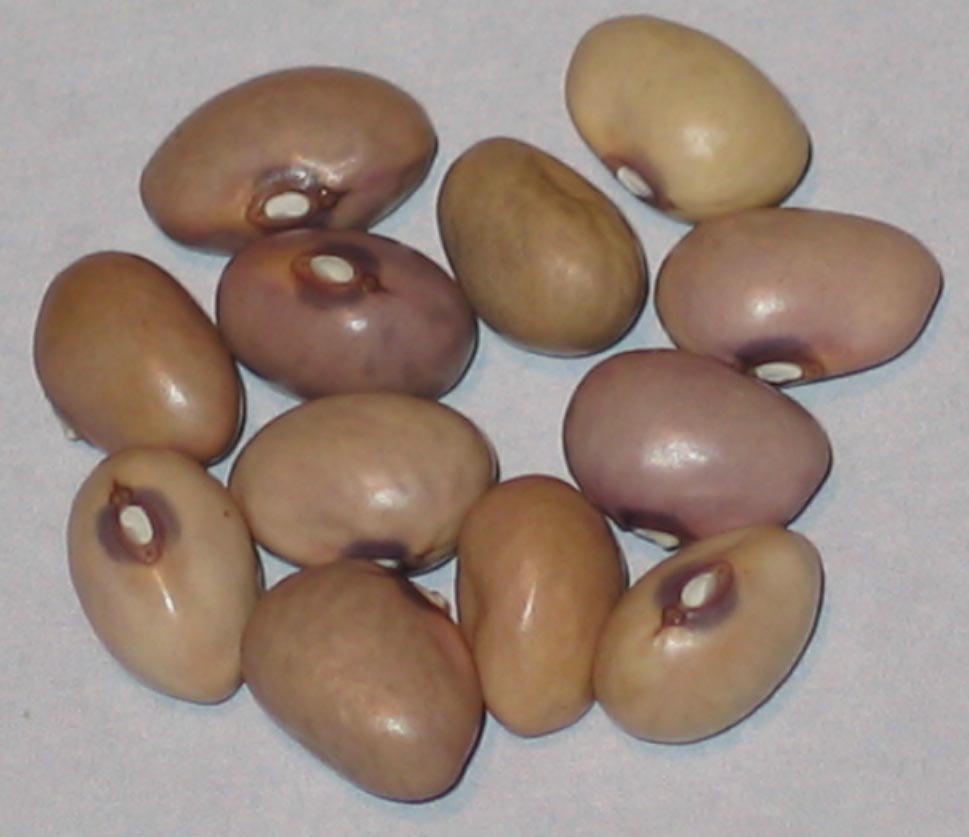
Dule
Grown In ?
Pole. Use and country of orign unknown. Given to me by Joseph Simcox “The Botanical Explorer” in 2015.
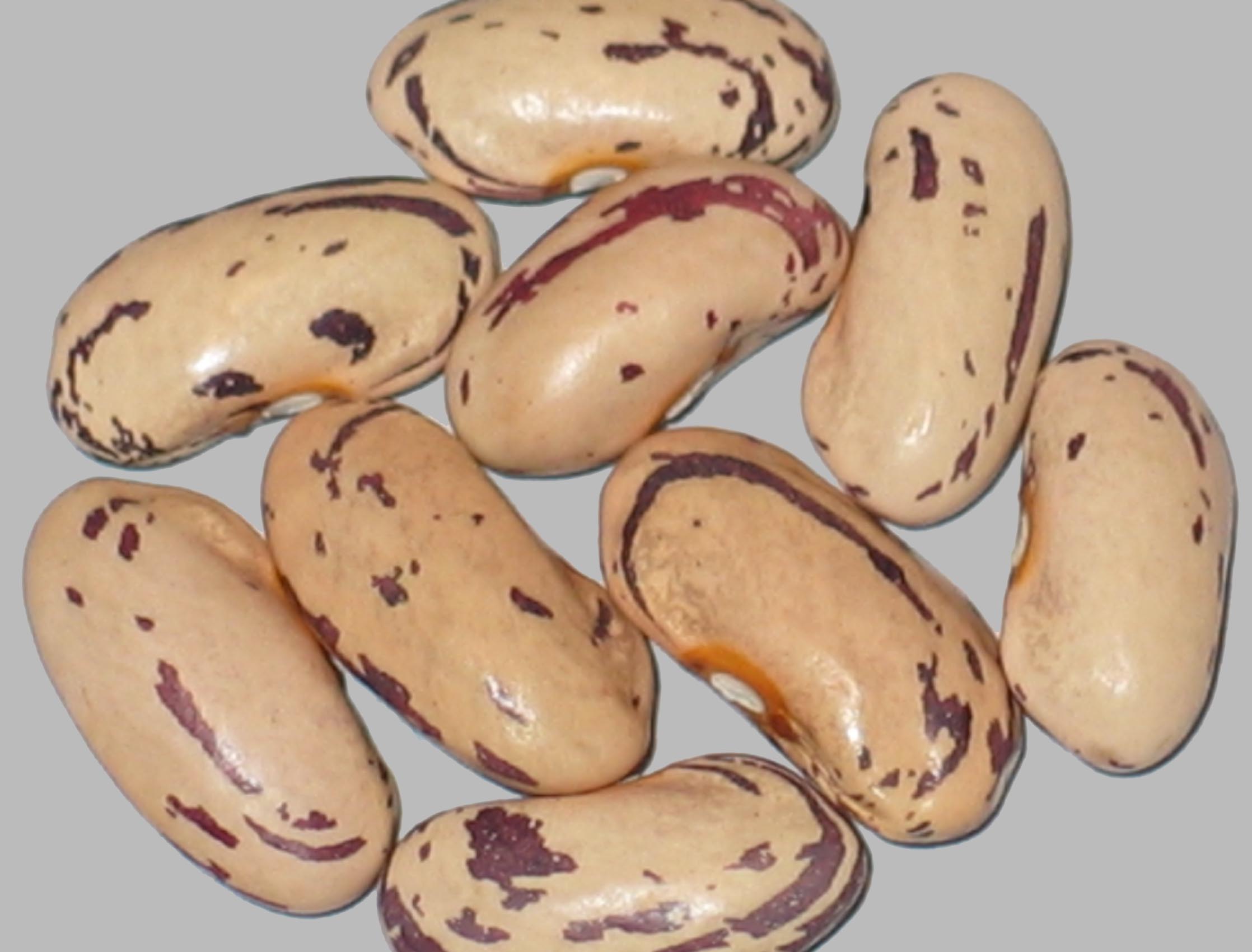
Duro Cranberry
Grown In 2016
Bush Dry. Another Croatian grown bean without any particular identifying name. The beans first part of it's name is the first name of it's donor from Nasice, Croatia in 2014
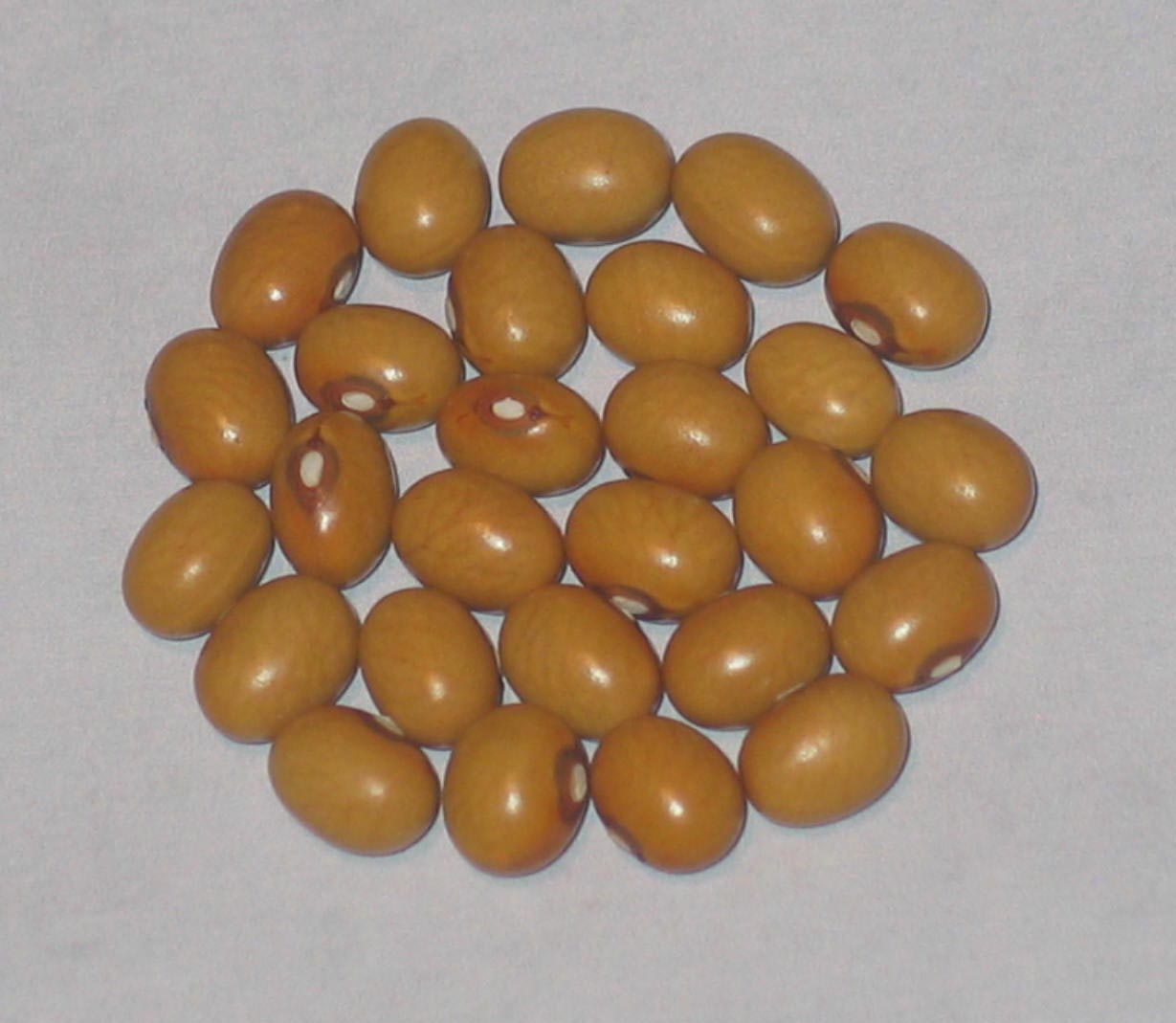
Dutch Bullet
Grown In 2022
Bush Dry. Likely a synomyn name for a bean called Walcherse Bruine Kogel. A Walcheren bean that originates in the Netherlands. Walcheren is a region and former island in the Dutch provence of Zeeland. The bean was originally acquired from a Seed Savers Exchange member in Oregon and grown out in 2022 for the first time by Meadow. One of my network growers in the state of Washington.
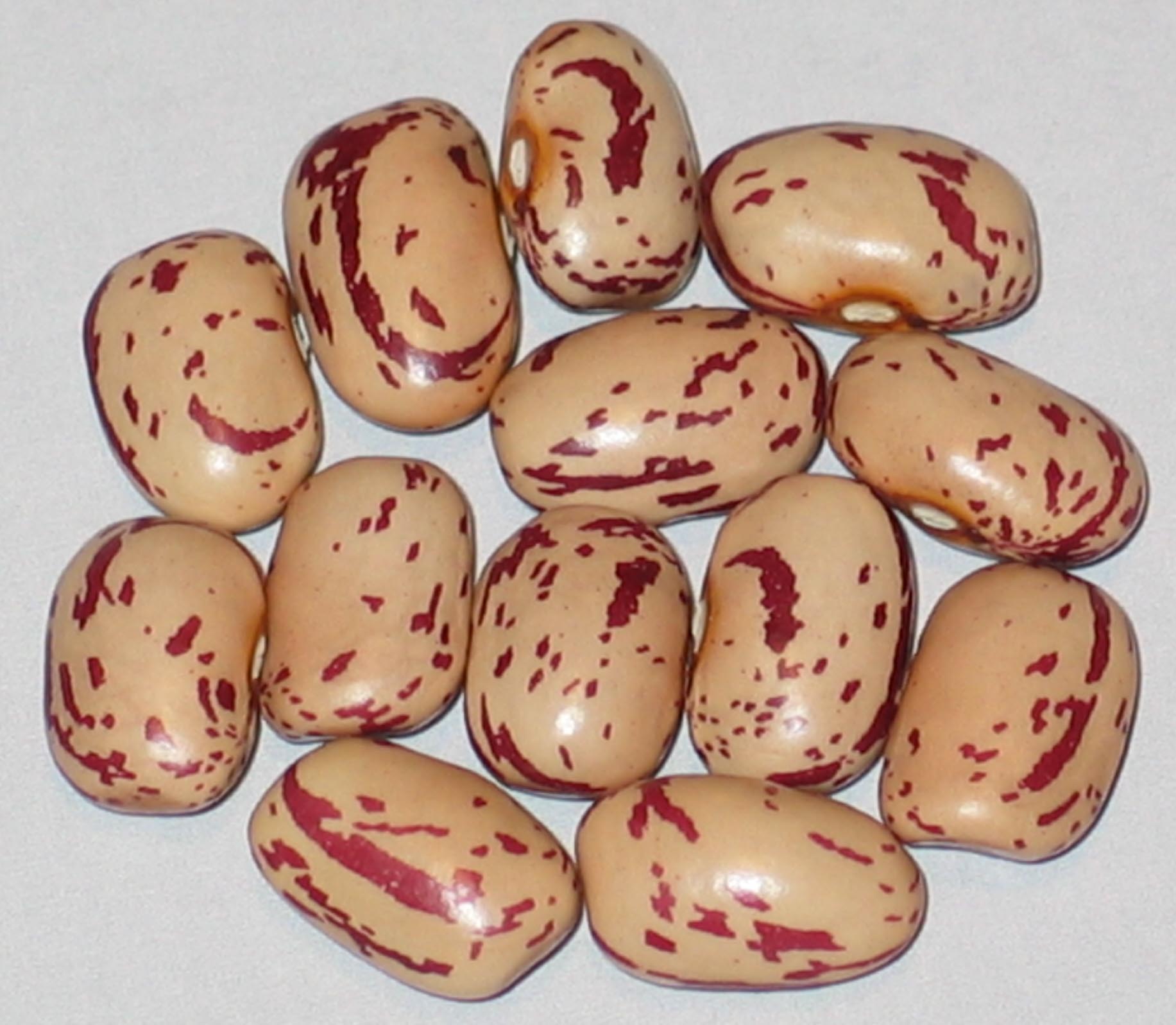
Etna
Grown In 2023
Bush Dry. Productive true bush in habit. Resistant to common bean mosaic. Developed by David Webster while employed by Asgrow Seed Company and released in 1987. My seed donor is from Latvia 2020.
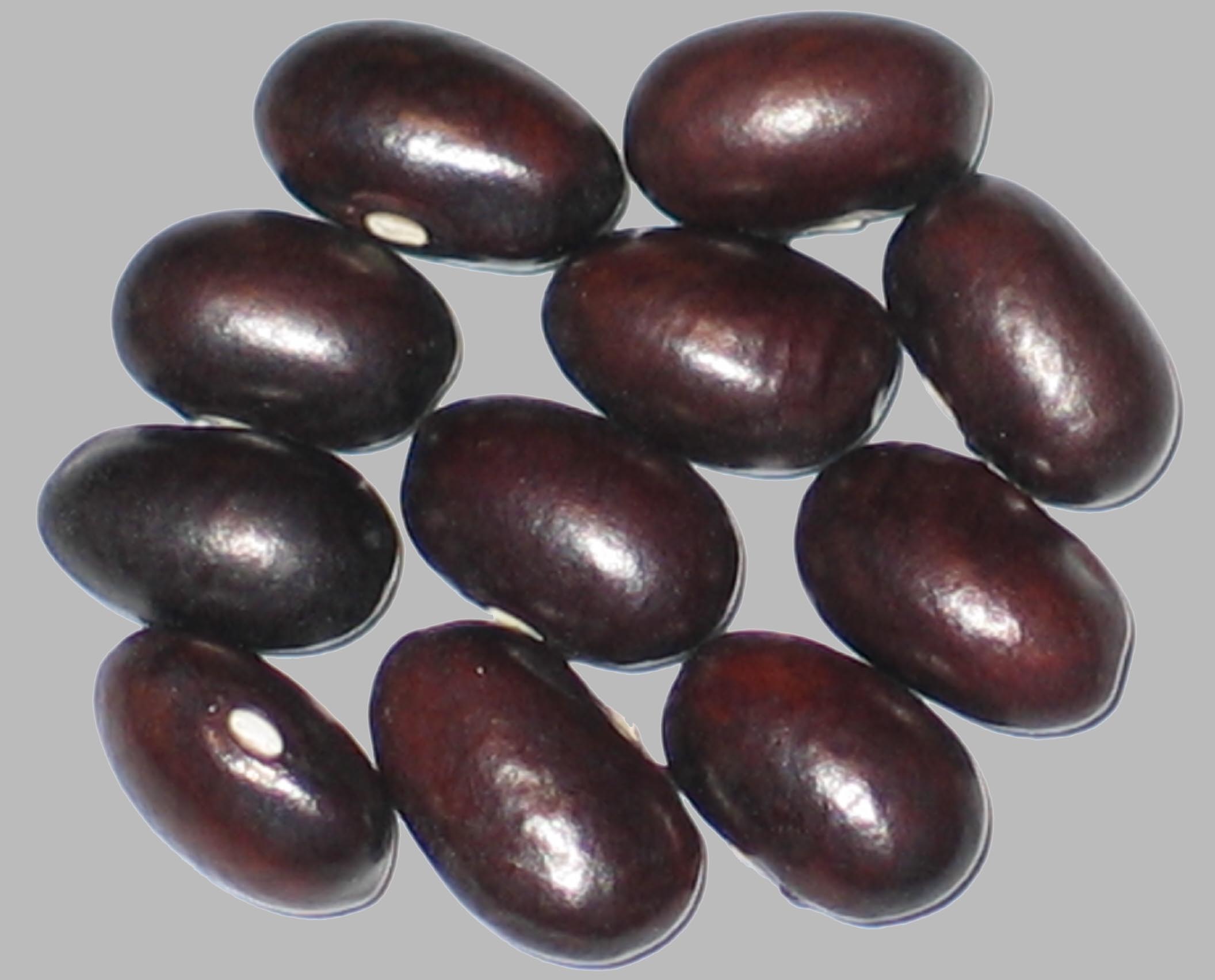
Evolutie
Grown In '16,'19 & 2022
Bush. One of the many beans brought back to the U.S. by Joseph Simcox "The Botanical Explorer". Country of origin France.
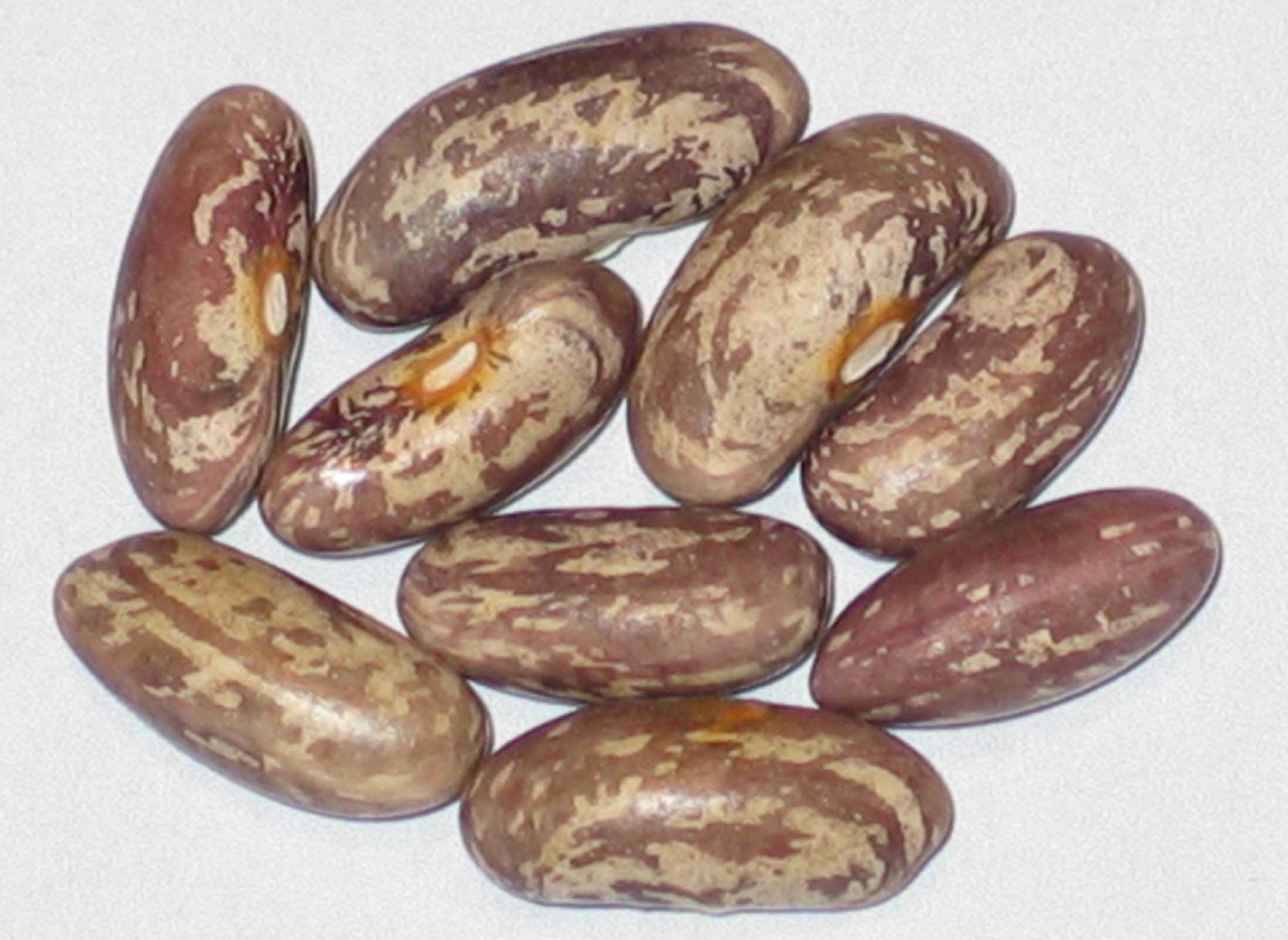
Fa Lan Dou
Grown In '17 & 2018
Bush. Said to be a dry bean by my Seed Savers Exchange donor which I acquired in 2011. A possible acquistion of the bean from the USDA and country of orgin is Hungary.
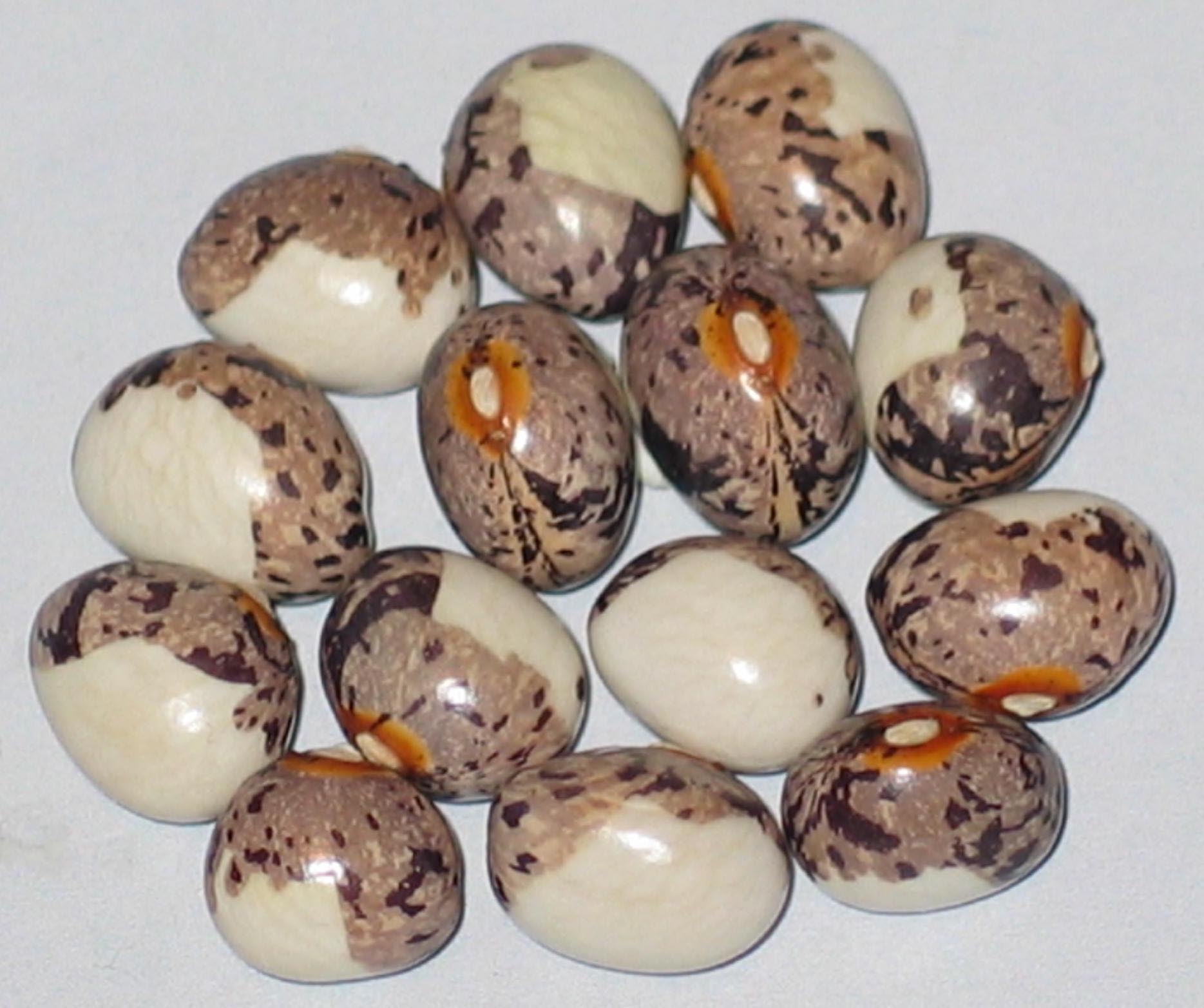
Fagiolo Di Angelo Impenia
Grown In ’20,’21 & 2023
Pole Dry. My seed donor is Karen Golden of Highland, Michigan, 2018. This bean of a slight one letter difference in the spelling was likely collected by Joseph Simcox. Country of origin Italy.
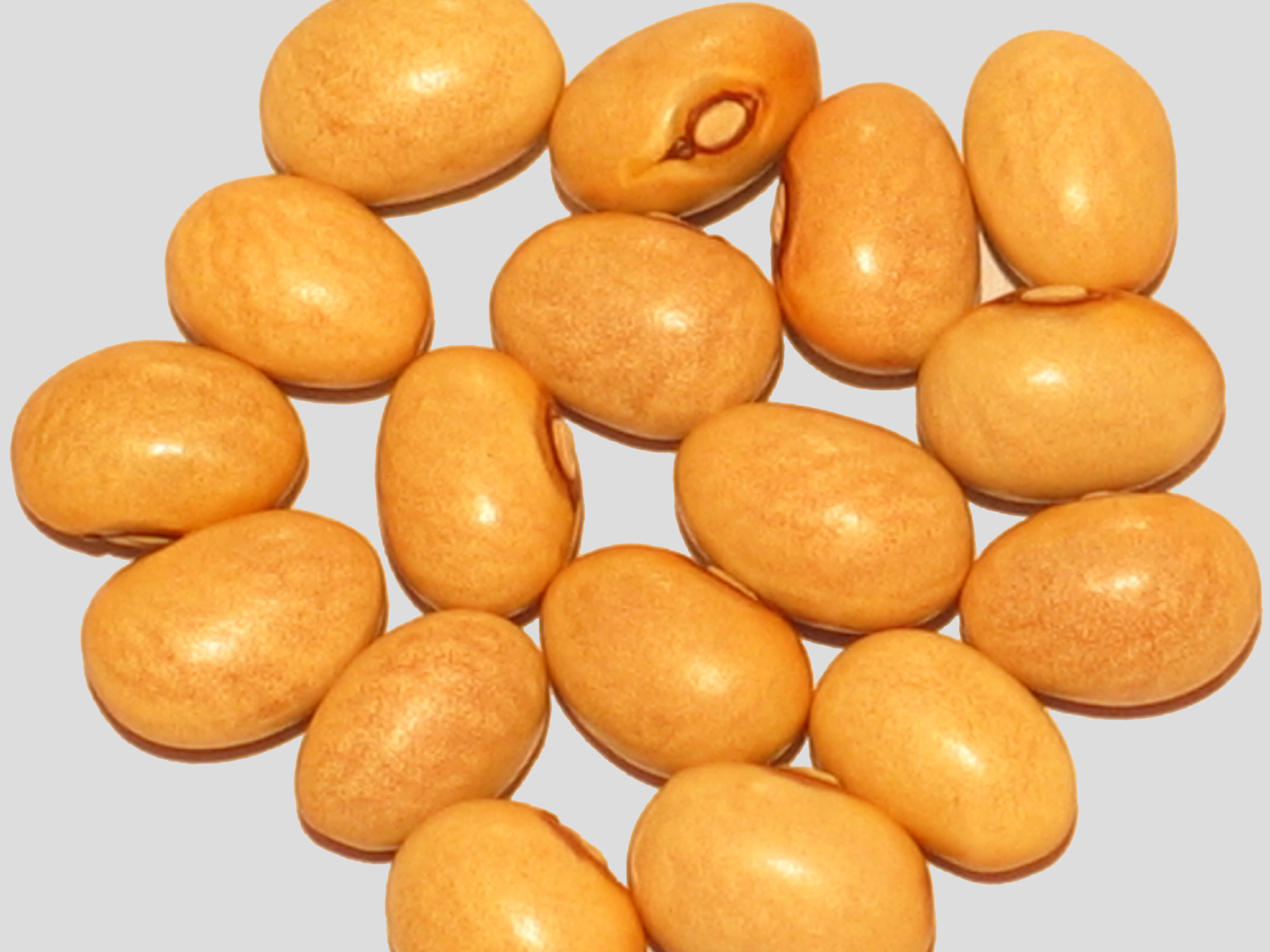
Fagiolo Ruviotti
Grown In '17,'19 & 2023
Pole. Another of the beans acquired overseas by Joseph Simcox. No doubting by it's name that the country of origin would be Italy. Gifted to me by Joseph in 2015.
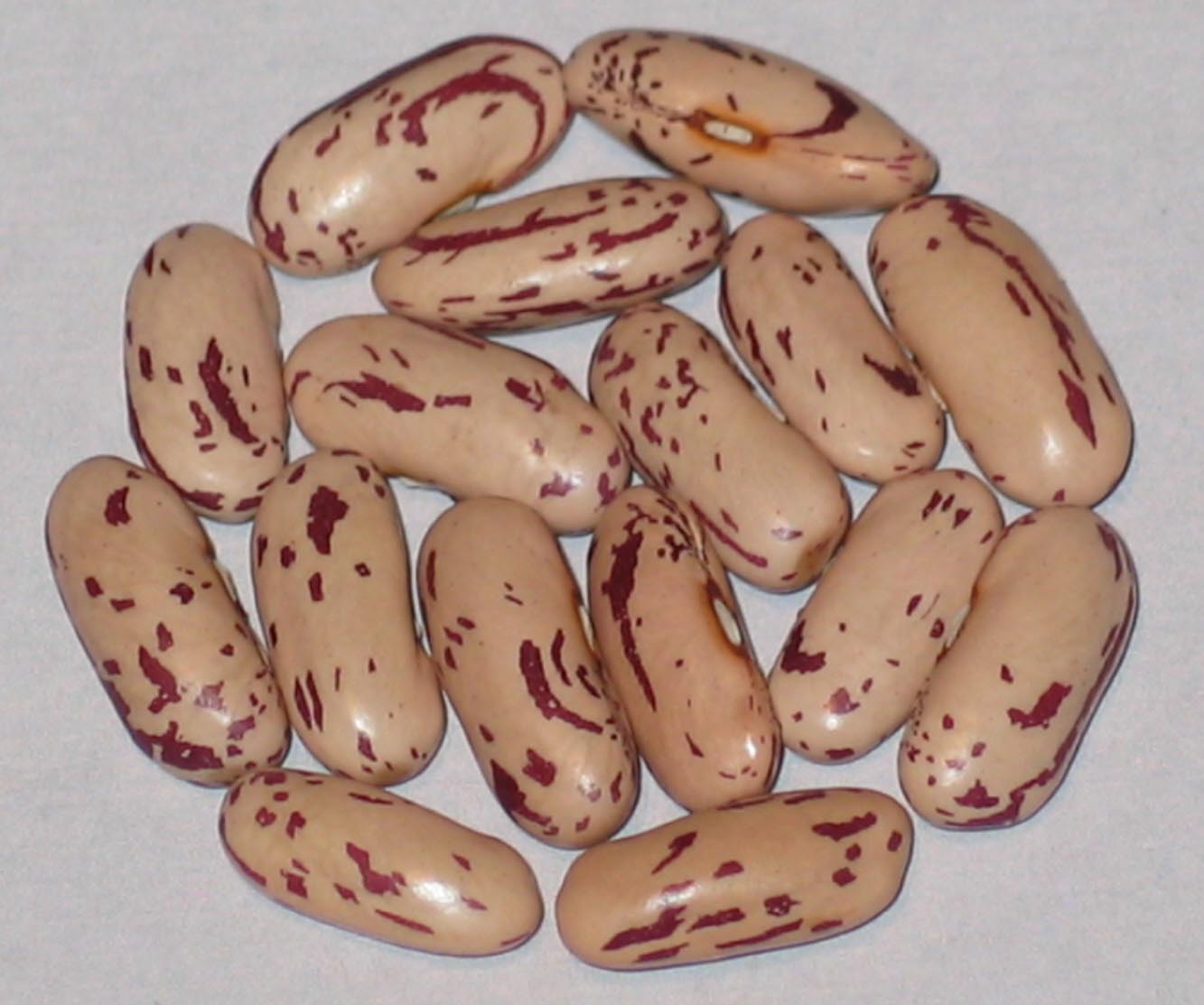
Fairy Crutchfield
Grown In 2023
Bush-Dry. Old cranberry bean from the 1930’s. The bean was acquired from Remy Orlowski’s (deceased) Sample Seed Shop seed collection as a gift from Karen Golden “Michigan Heirlooms” of Highland Michigan.

Family
Grown In 2018
Bush-Dry. A shell bean as it's main use. I've seen this bean traded in the Seed Savers Exchange yearbook as far back as the 1980's. Have never known anything of it's actual origin. Seems very similar to Grandma's Shell. My donor is Will Bonsall of Industry, Maine 2015.
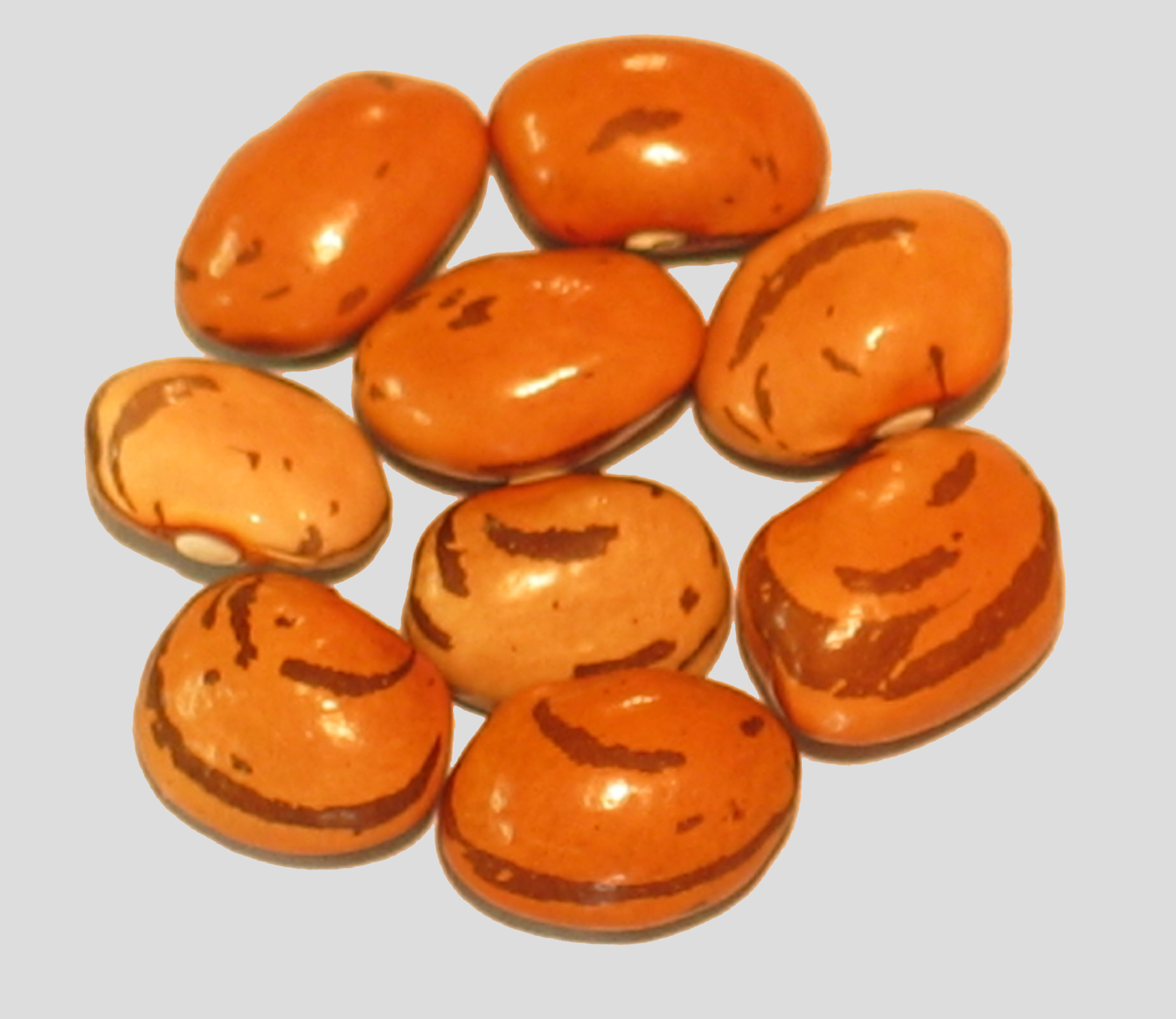
Fanomen
Grown in 2015
Pole. My seed donor from Potter Valley, California 2013. Many varieties with this same seed coat color and pattern.
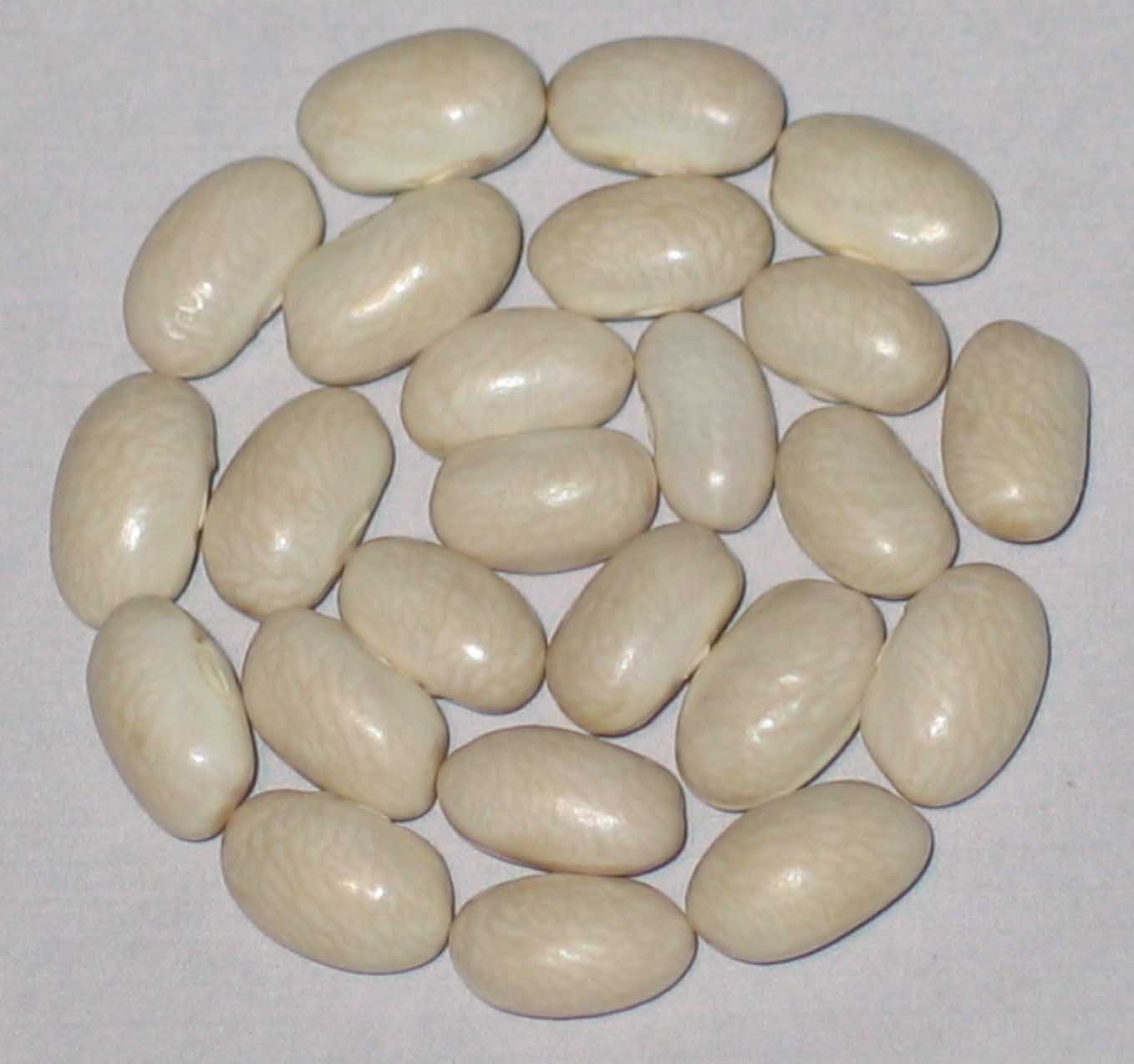
Fat Man
Grown In 2023
Pole Snap. An old heirloom variety. The bean is well documented as having been grown in Virginia and West Virginia for over a century. Heavy producer of tender green 5 inch pods.
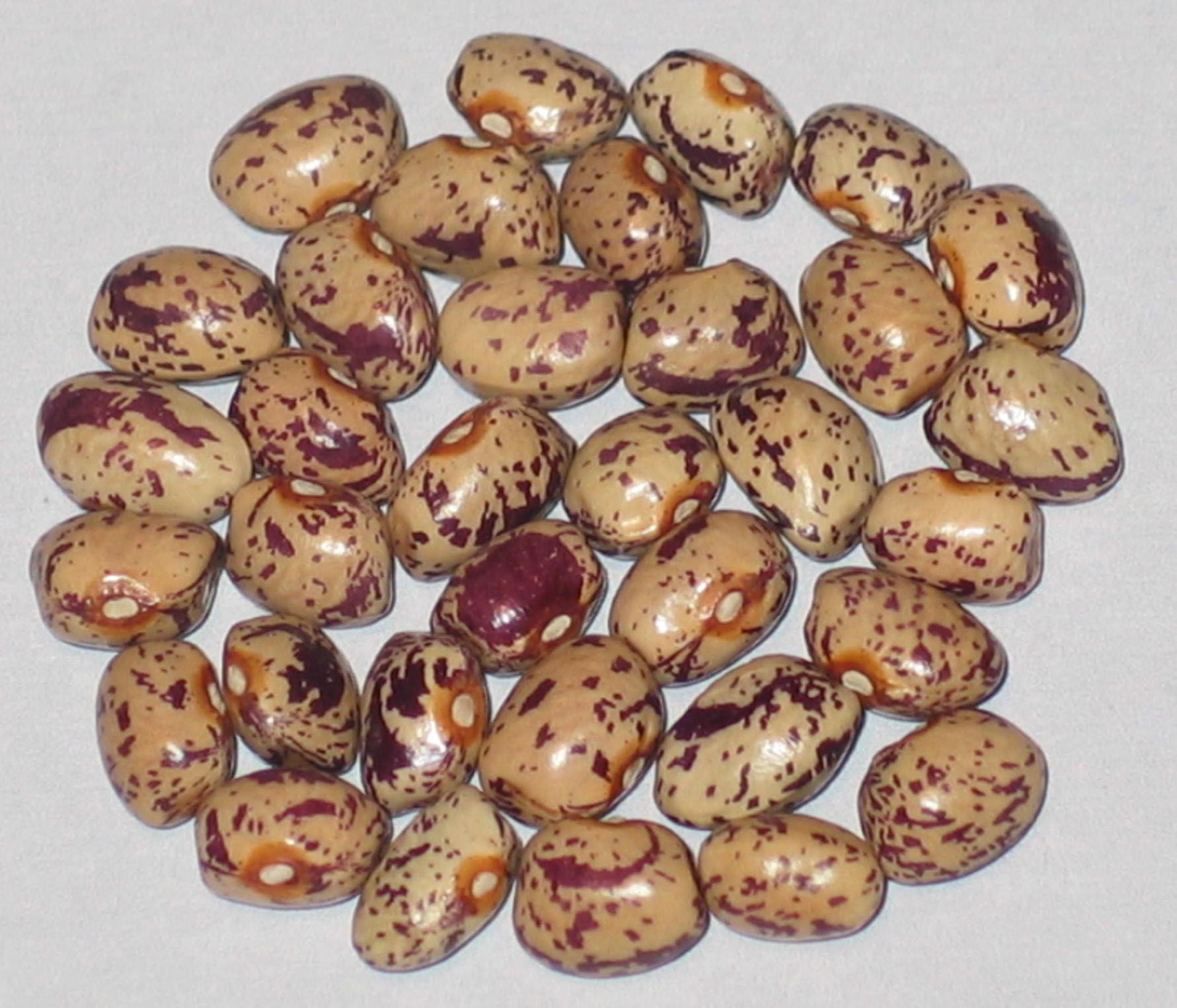
Fawcett’s Pole
Grown In 2021
Pole Dry. Donated to me by Tamara Clement of Sudbury, Ontario, Canada 2021.
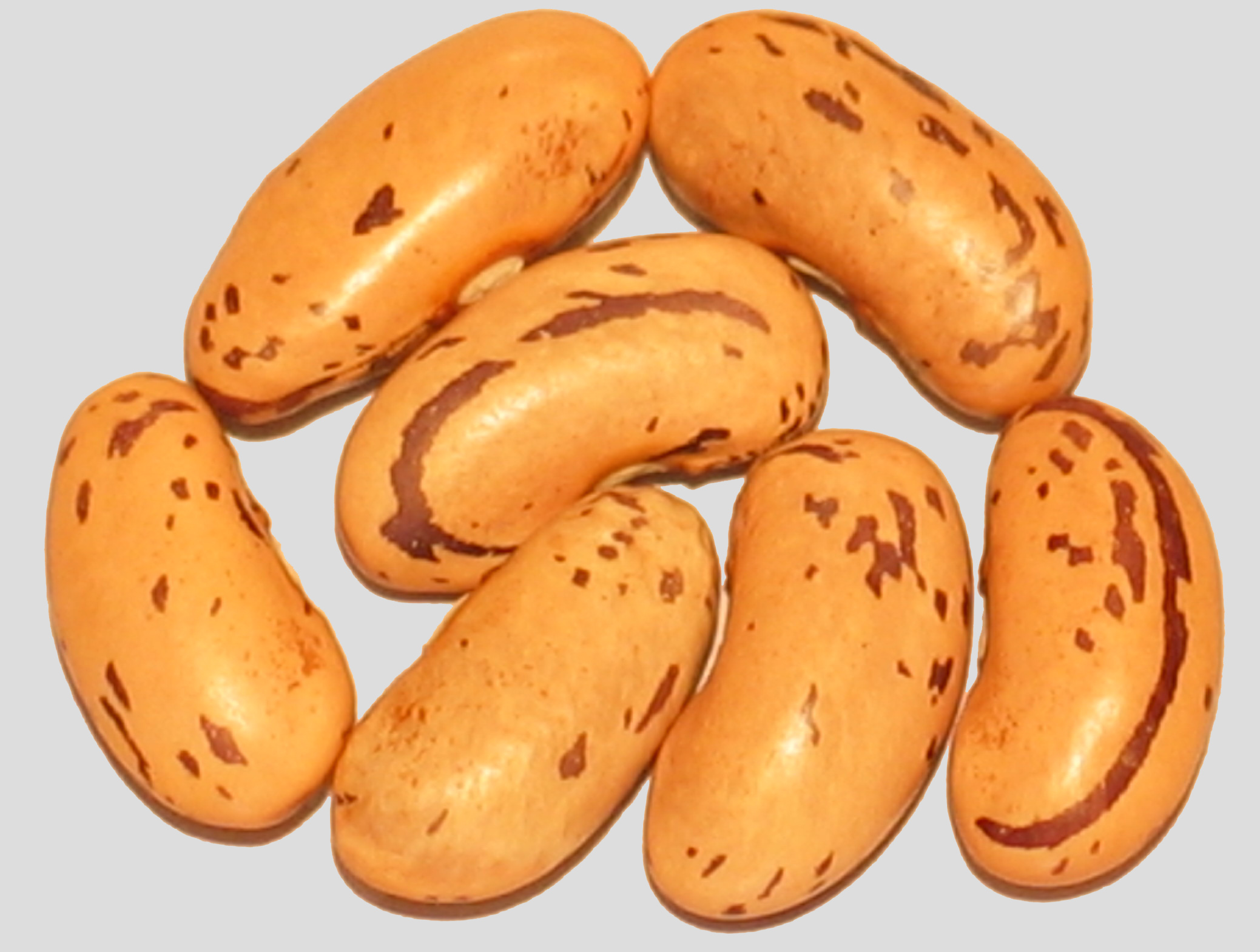
Feijao Catarino
Grown In '13 & 2019
Pole Dry. This name traces to a bean that looks exactly like this one. Country of origin Portugal. Also from my South Africa seed donor in 2013.
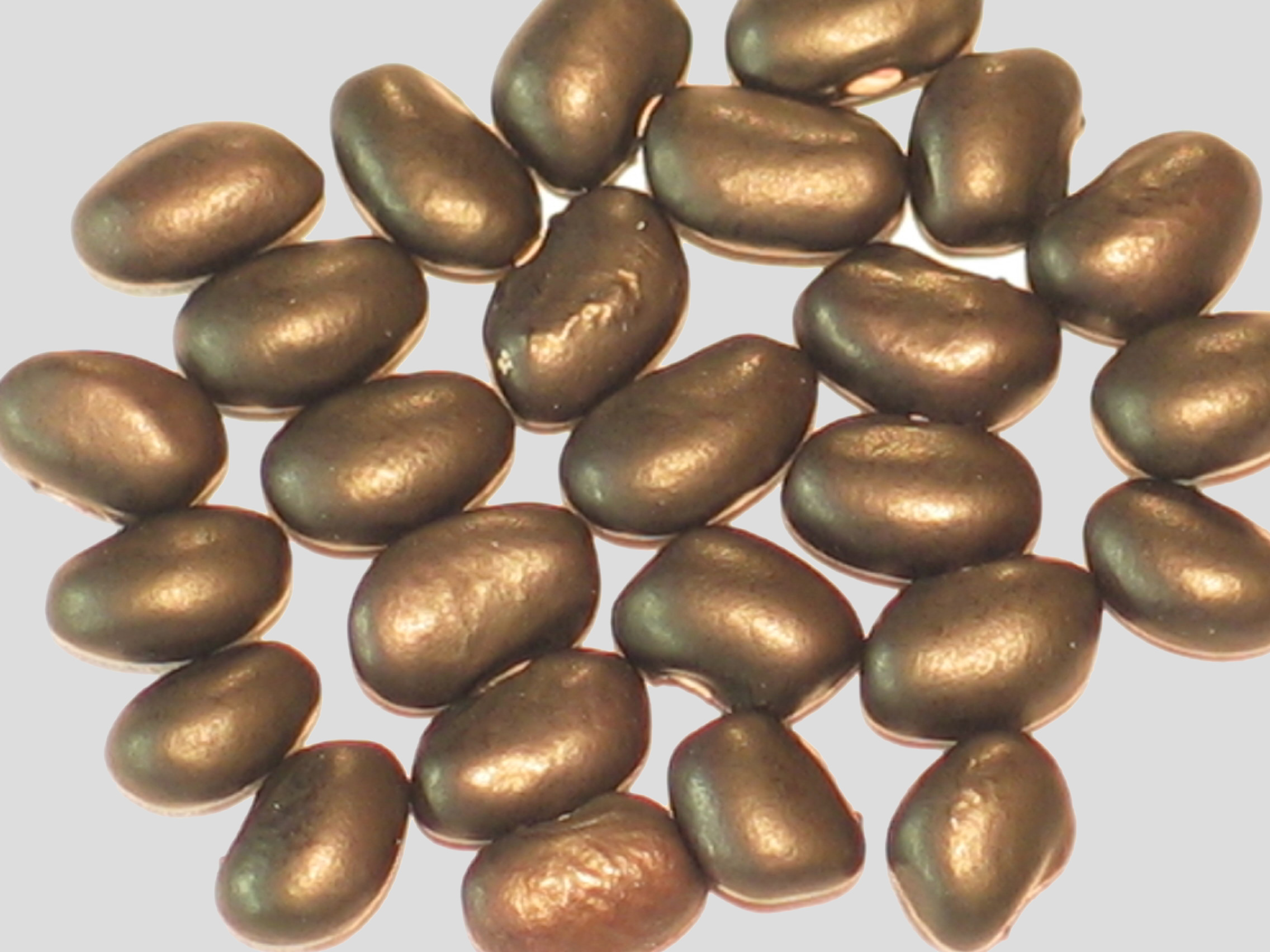
Feijao Preto Brasileito
Grown In '13,'15 & 2022
Bush-Dry. My seed donor is from South Africa. Very productive variety that I have grown. Country of origin Brazil.
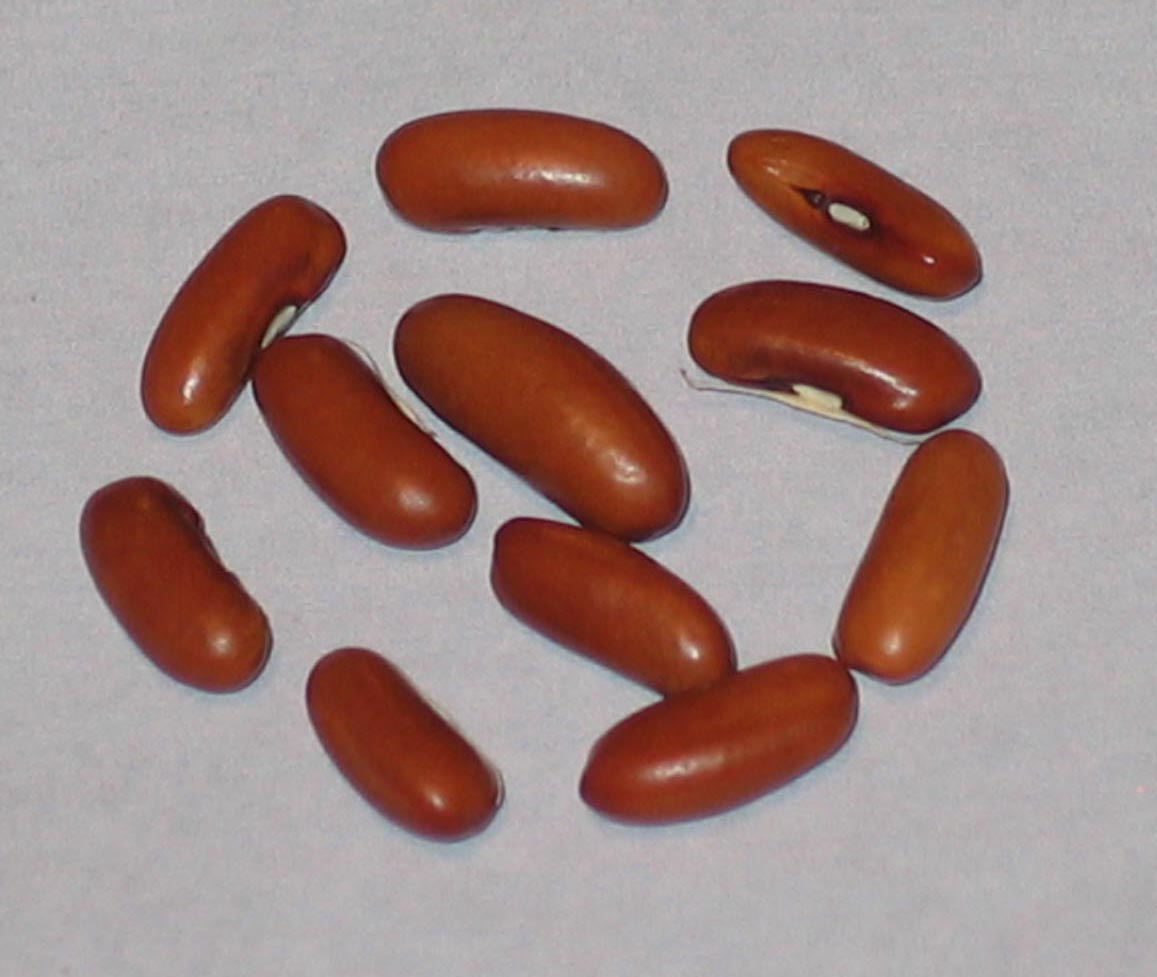
Ferrat
Grown ?
Growth Habit and usage unknown. The bean originates in the United Kingdom. Joseph Simcox has donated this bean to the National Seed Storage Lab. I believe that is in Fort Collins, Colorado.
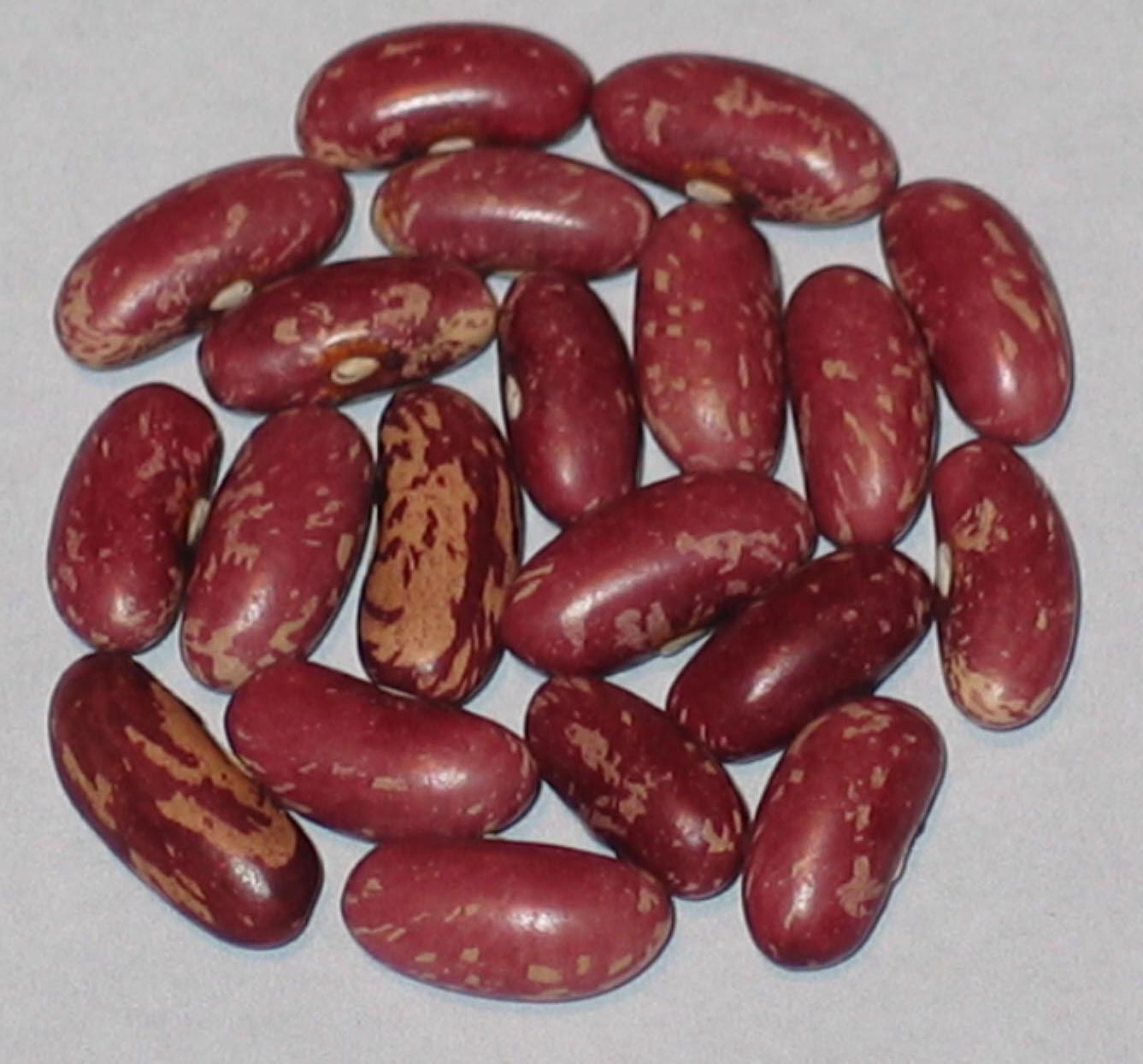
Fin De Bagnol
Grown In '20 & 2023
Bush Snap. Collected by Joseph Simcox from the USDA seed bank.
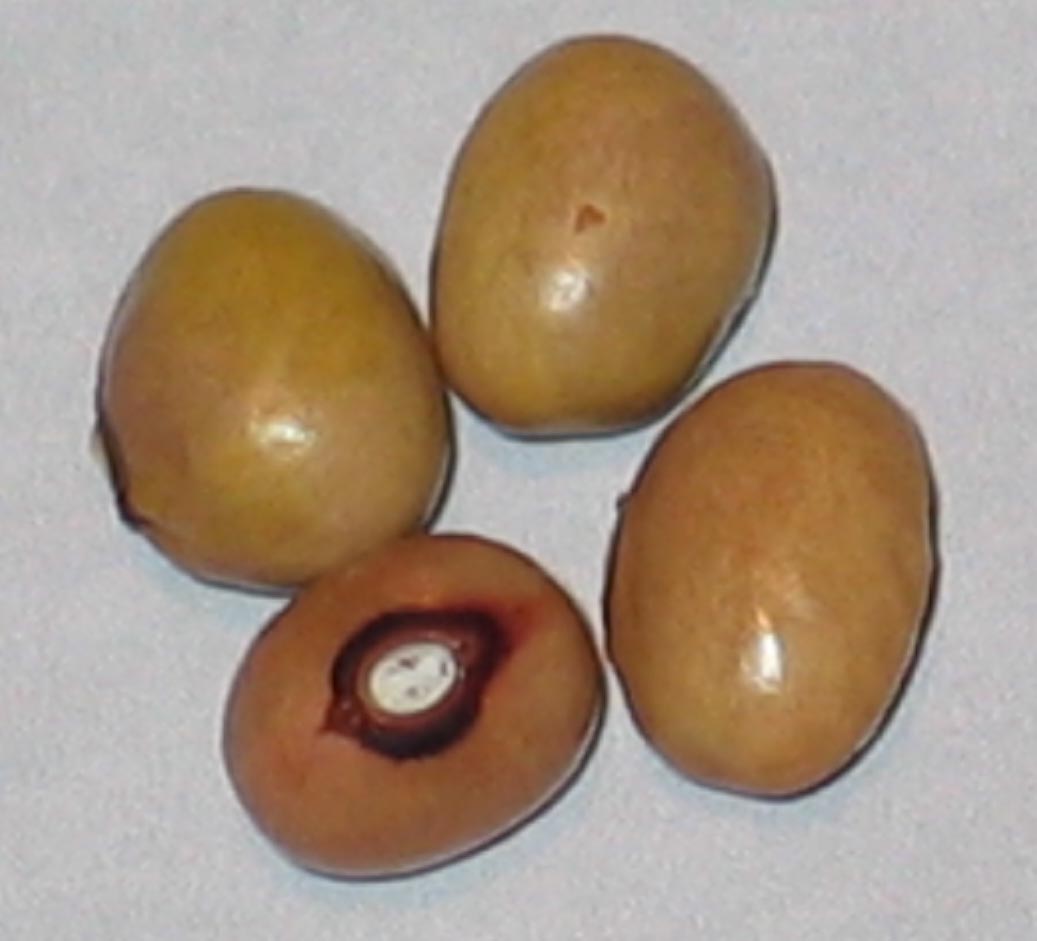
Fisher Bird Egg
Grown In 2022
Pole Snap. My seed donor is Karen Golden of Highland, Michigan, 2018. Likely one of the many beans collected by Joseph Simcox.
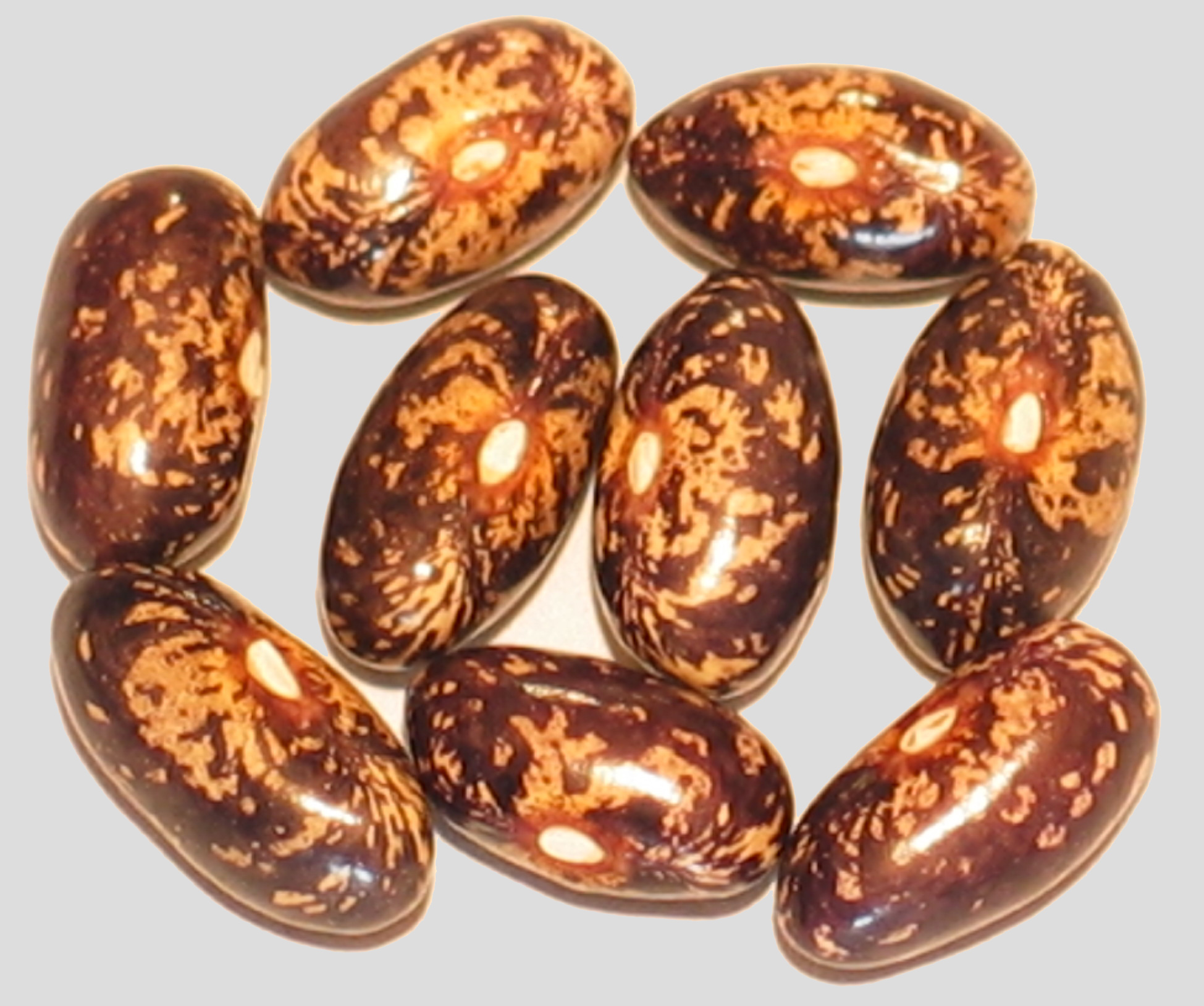
Fisole Rassacher Kipfleer
Grown In '16,'19,'21,'22 & 2023
Pole. Another of the beans brought back from Europe by Joseph Simcox.
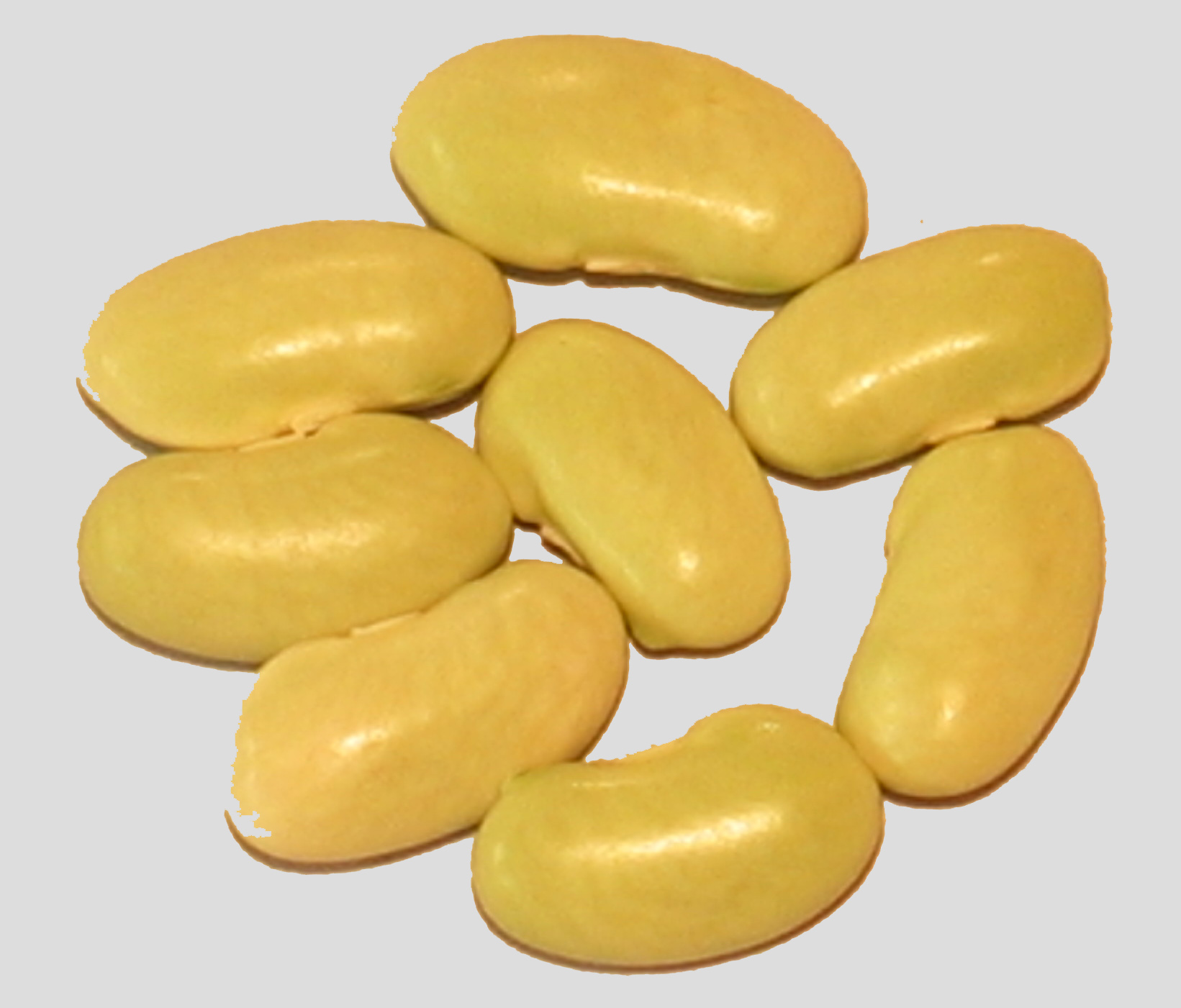
Flageolet Merveille
Grown In '19 & 2020
Bush-Dry. Seed donor Joseph Simcox 2013. Country of origin France. A Vilmorin Seed Company of France introduction of 1904.
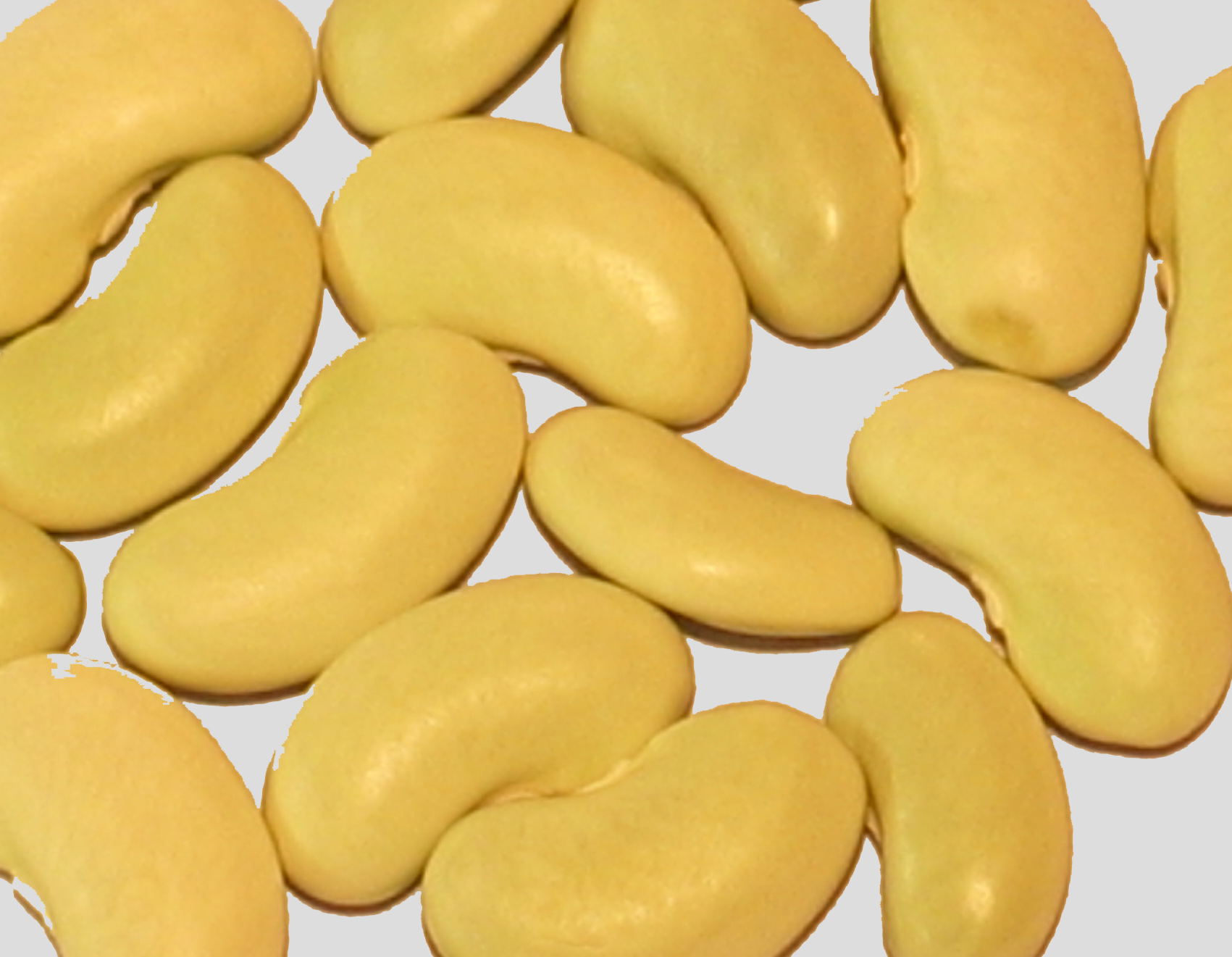
Flamata
Grown In 2016
Bush-Dry. Another of the many beans brought back to the U.S. by Joseph Simcox. Country of origin The Netherlands.
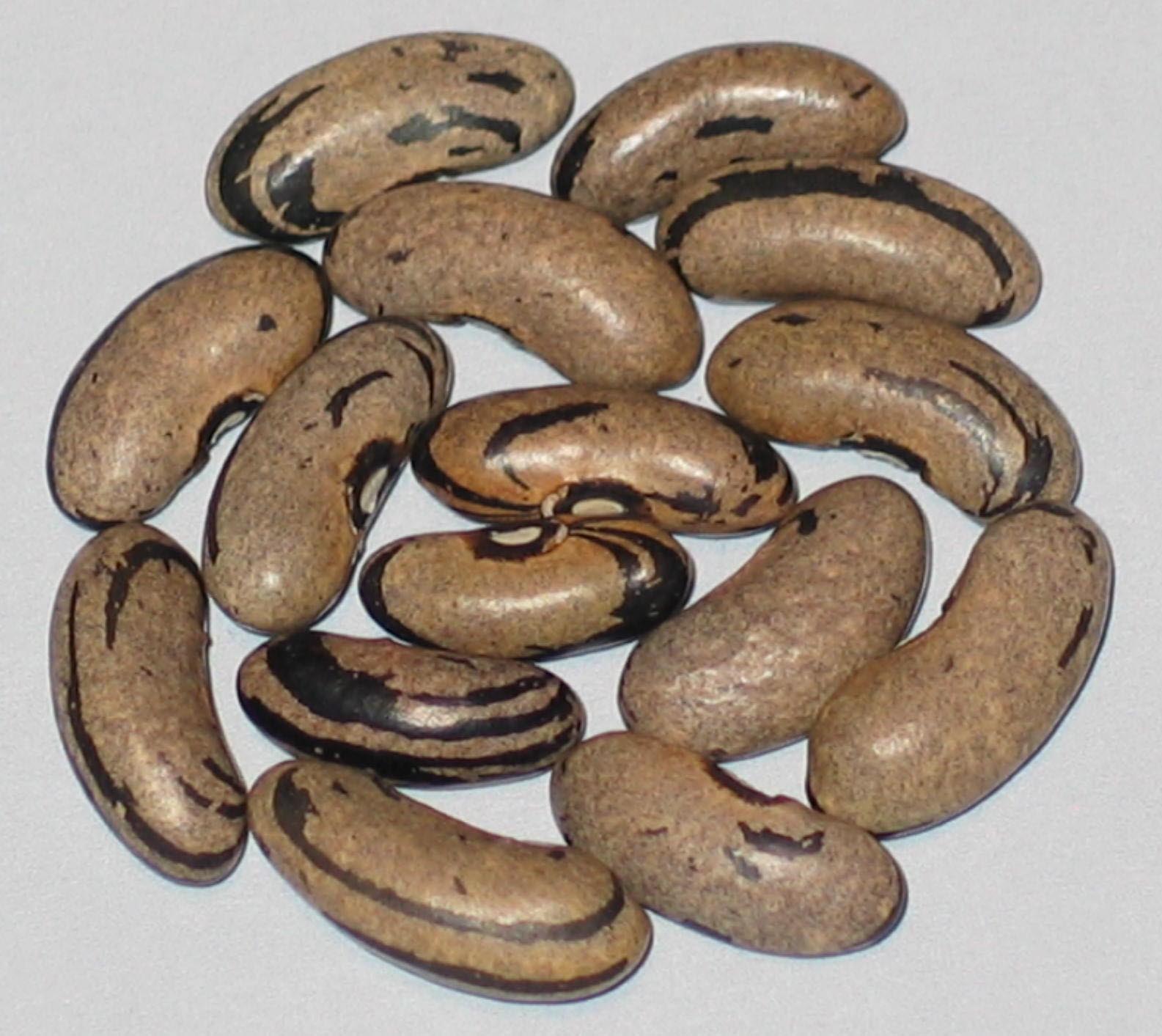
Flood
Grown In ?
Pole Snap. Named after the Flood in West Virginia in 1888. Also known as the Corn bean as they were planted in cornfields. Said to grow as tall as a two story house. Seed Donor Ken Fry of Forgotten Heirlooms 2019.
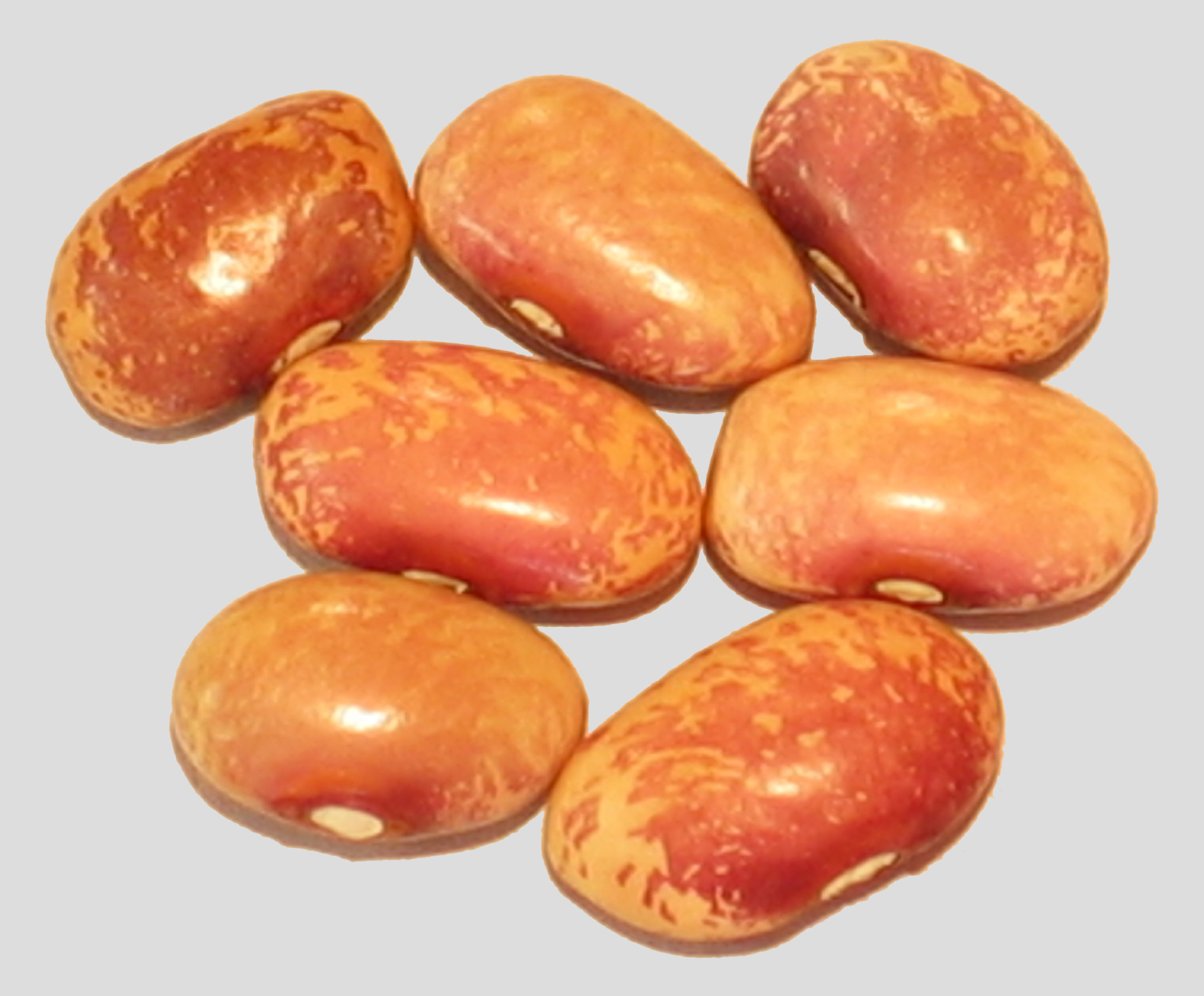
Flor de Mayo
Grown In '15,'21 & 2022
Pole Dry. My Potter Valley California seed donor says these make the best shelly beans. He sent them to me in December 2013. Origin San Luis Potosi, Mexico.
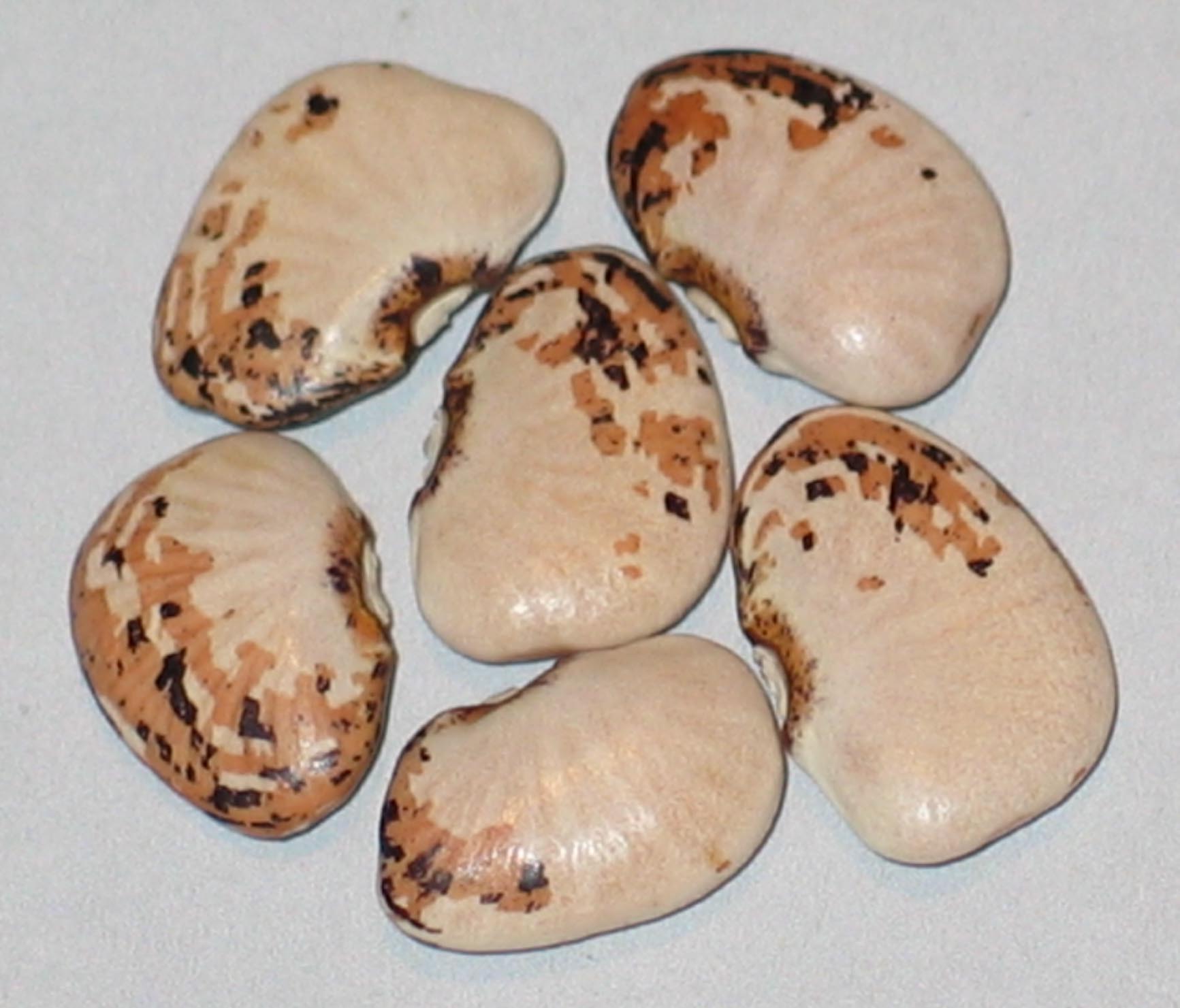
Flossie Powell
Grown In ’19 & 2021
Pole Lima. Starts producing first dry pods in about 95 days. Productive plants introduced into the Seed Savers Exchange, in the 1980’s by Harold R. Martin of Hopkinsville, KY who got it from an aunt named Ethel Martin. Ethel Martin, in turn, received her start of seed from Flossie Powell in 1922. My seed donor John Coykendall of Knoxville, Tennessee 2017.
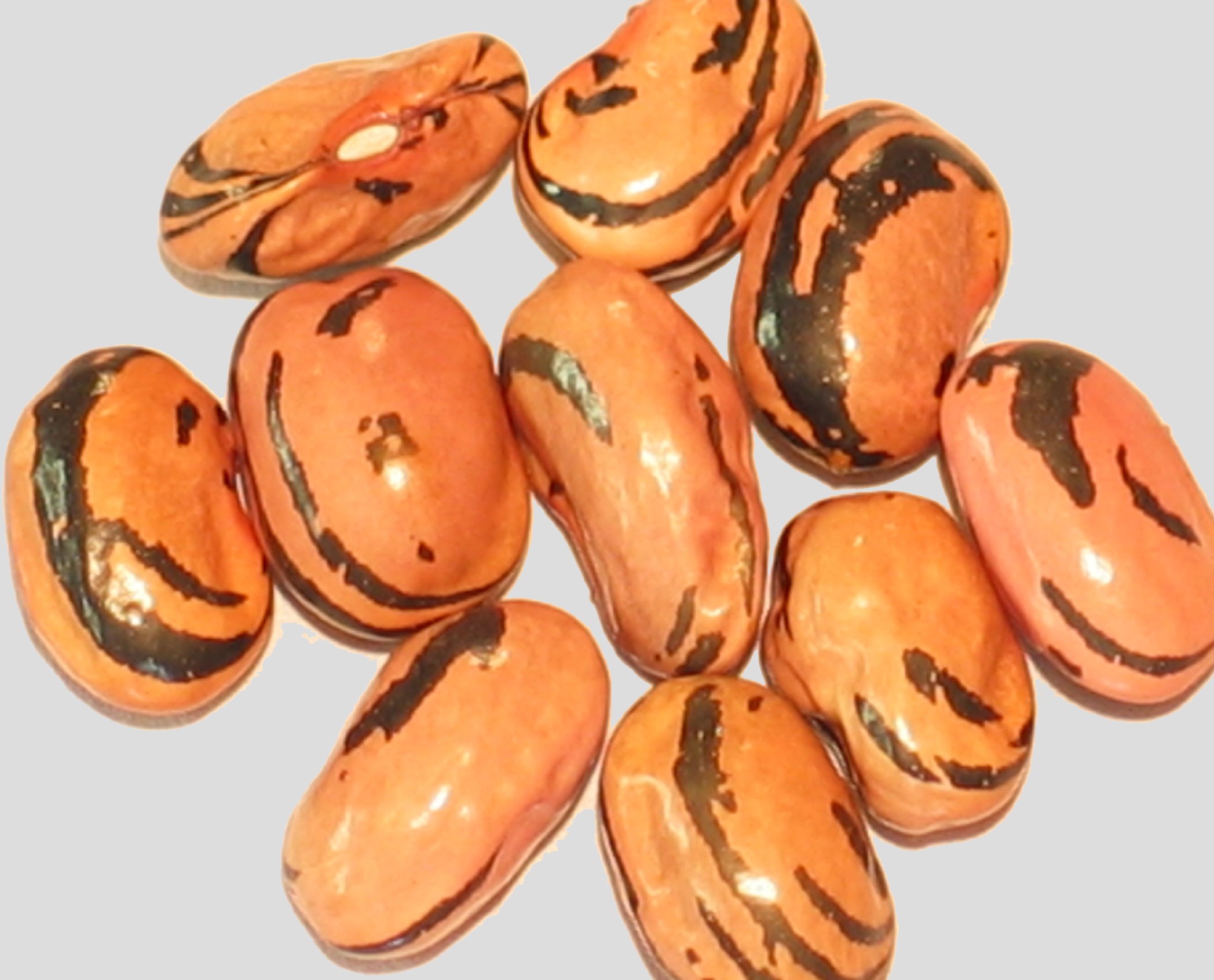
Flynn 4
Grown In 2017
Pole. One of the many beans brought back to the U.S. from Europe by Joseph Simcox. Country of Origin Italy.
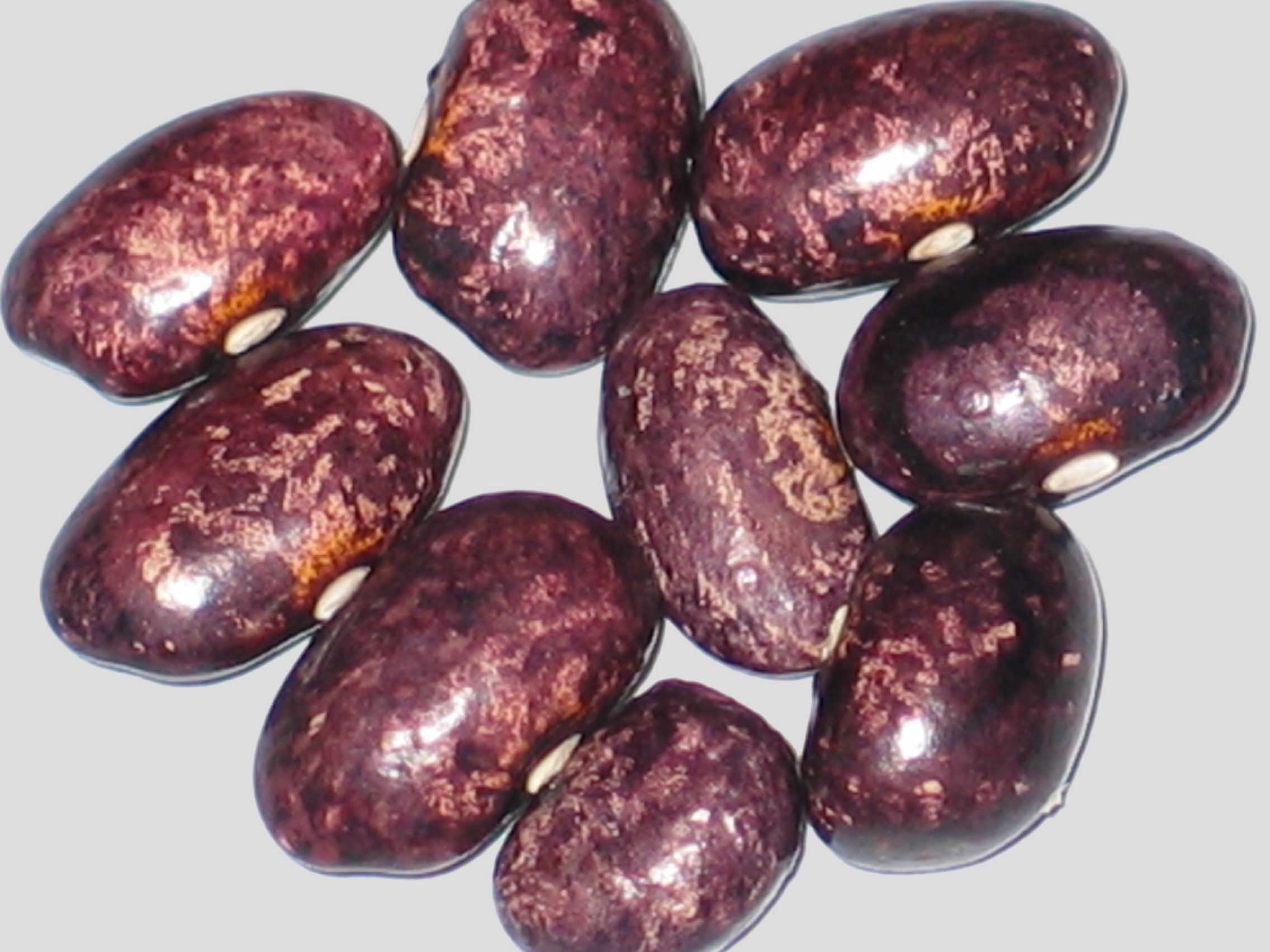
Fountain Pitts Allen
Grown In '16,’21 & 2023
Pole Dry. An original named bean by Stephen Smith of Guthrie Kentucky in 2015.
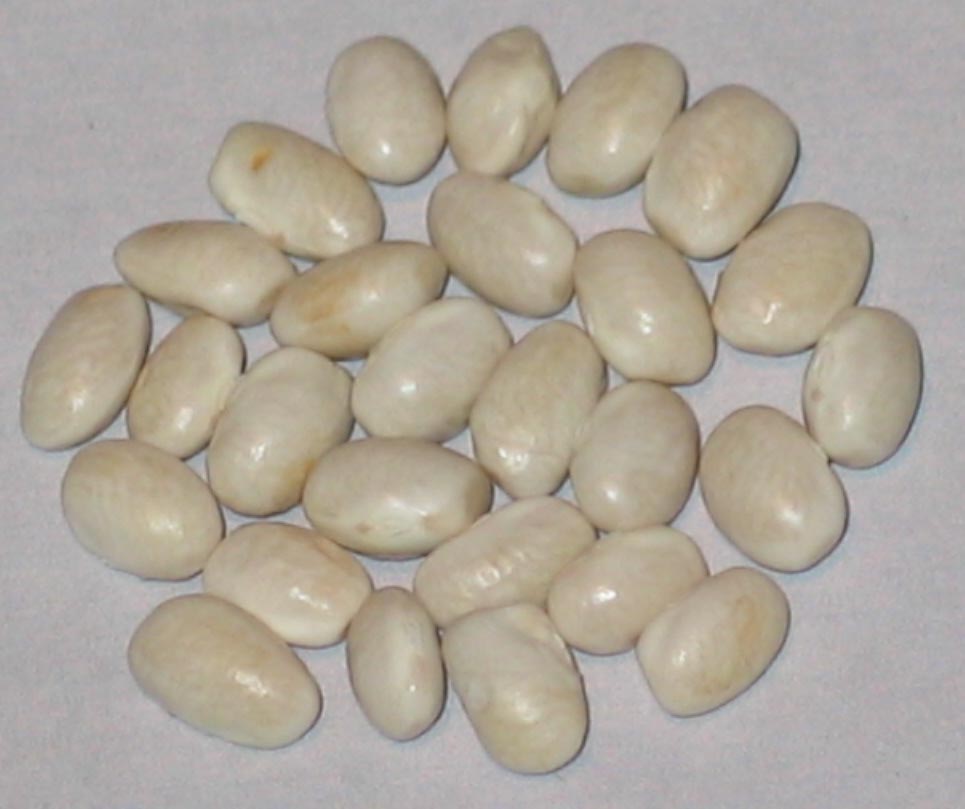
Fox Family Greasy
Grown In '18 & 2023
Pole Greasy. The bean comes from Madison county North Carolina. The beans history dates back to the time of the American revolution. Seed acquired from Remy Orlowski’s (deceased) Sample Seed Shop as a gift from Karen Golden of Highland Michigan.
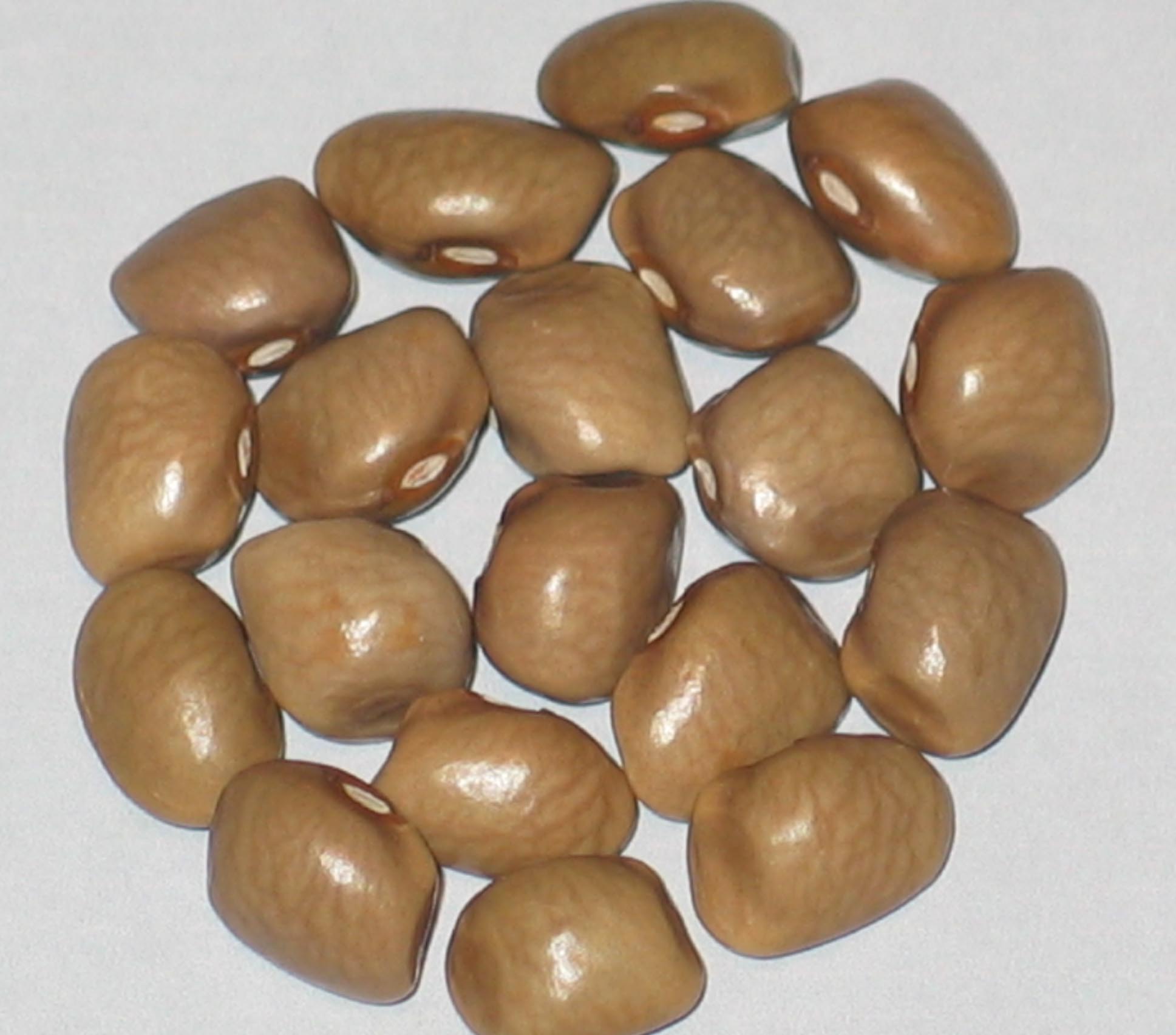
Frank Barnett
Grown In '21 & 2022
Pole Snap. My seed donor is from Vancouver, Washington, 2018. Sometimes called Frank Barnett Cuthshort. I received the bean with this more shortened name. Grows well in the Pacific Northwest.
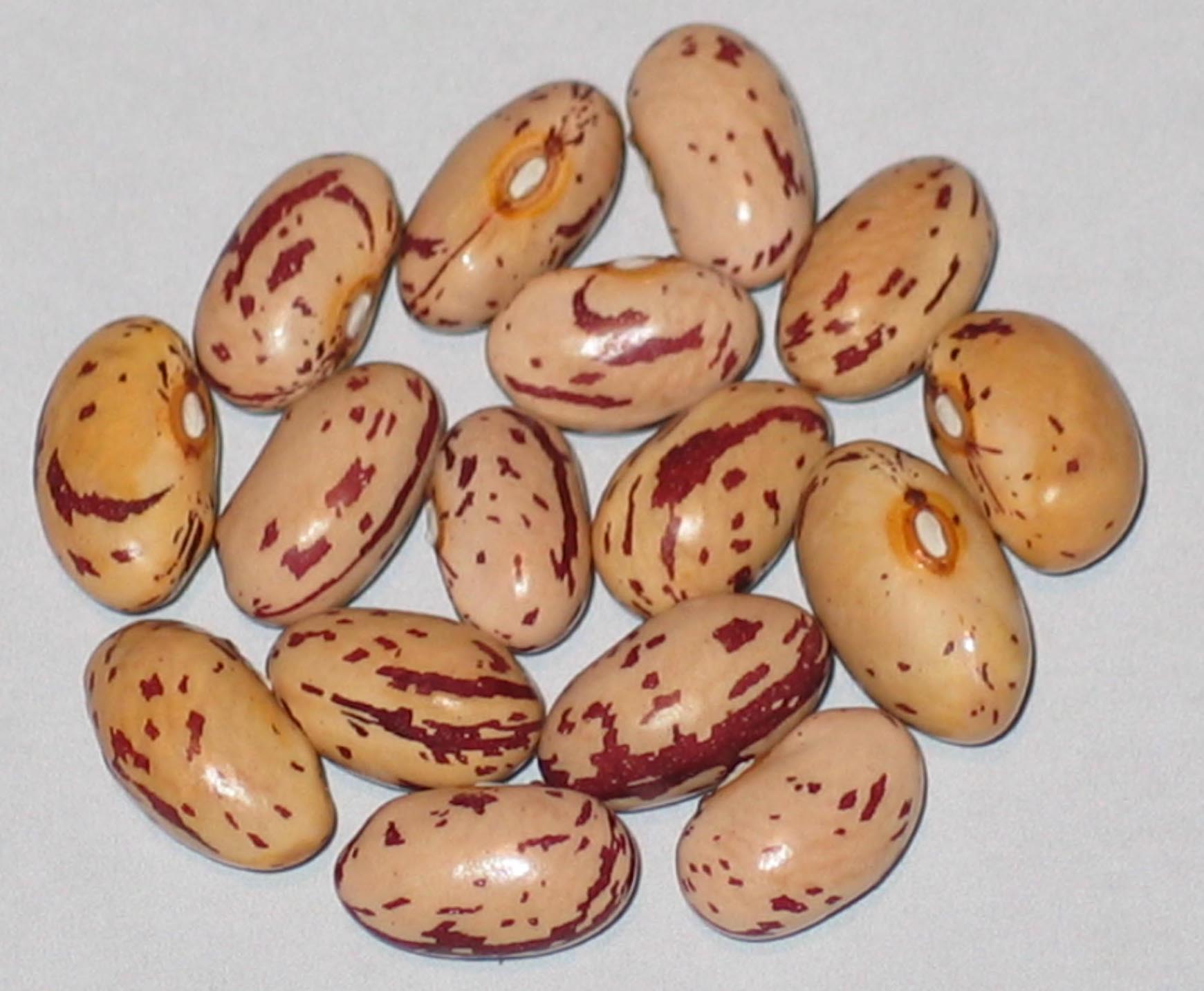
French Pole
Grown In 2019
Pole Dry. Cranberry type donated to me by one of my Network growers Kateri Pavlik of Warwick, New York in 2019. Her aunt purchased the bean in the 90's and could only remember French Pole. Catalog and company not remembered. Grown by both Kateri's aunt and mom and passed on to her. Like most cranberry beans the huge pods turn bright scarlet as the beans mature. The pods will turn purple striped when dry. Plants grow 6 to 8 feet. Excellent frozen as shellies for soup.

Frost
Grown In ?
Pole Dry. Pre-1796 bean that keeps producing into the autumn hence the name Frost. There are many red and white beans that look similar. Bean colors and patterns are very repeatable. The British have a bean like this called Pea Bean that has been grown in the UK for over 400 years.
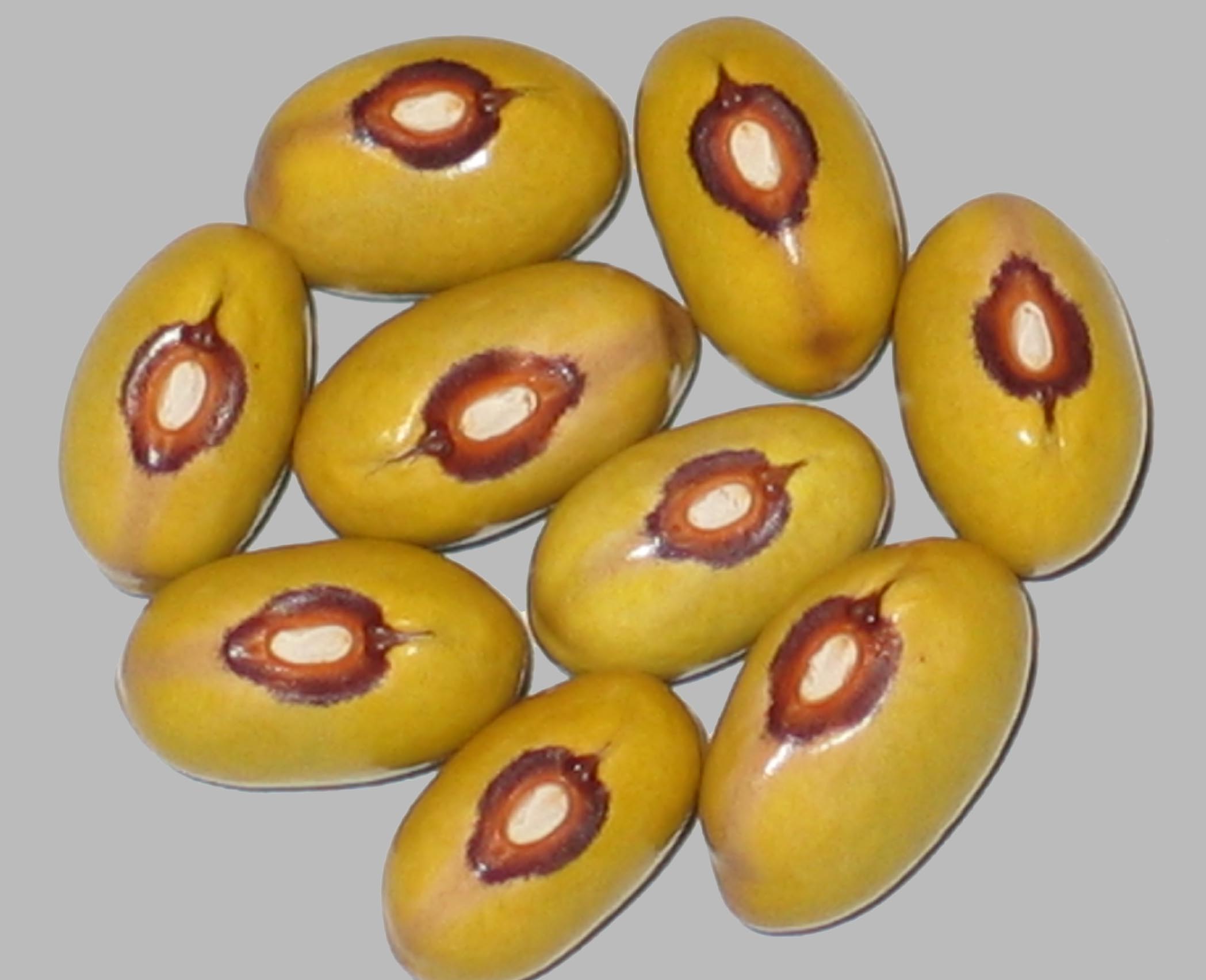
Fruhe Goldbohne
Grown In '20,'21,'22 & 2023
Bush Dry. Beautiful striking in appearance German dry bean that interprets as "Early Gold Bean. My seed donor bean friend in Liebenfels, Austria sent this bean to me in 2014. One of my Candian Network growers who owns a Farm in Blyth, Ontario has become a certified organic grower and has put commerical amounts of this bean in the hands of Hawthorn Farm Organic Seeds in Ontario. Nice to see some of these beans in the hands of more gardening growers.
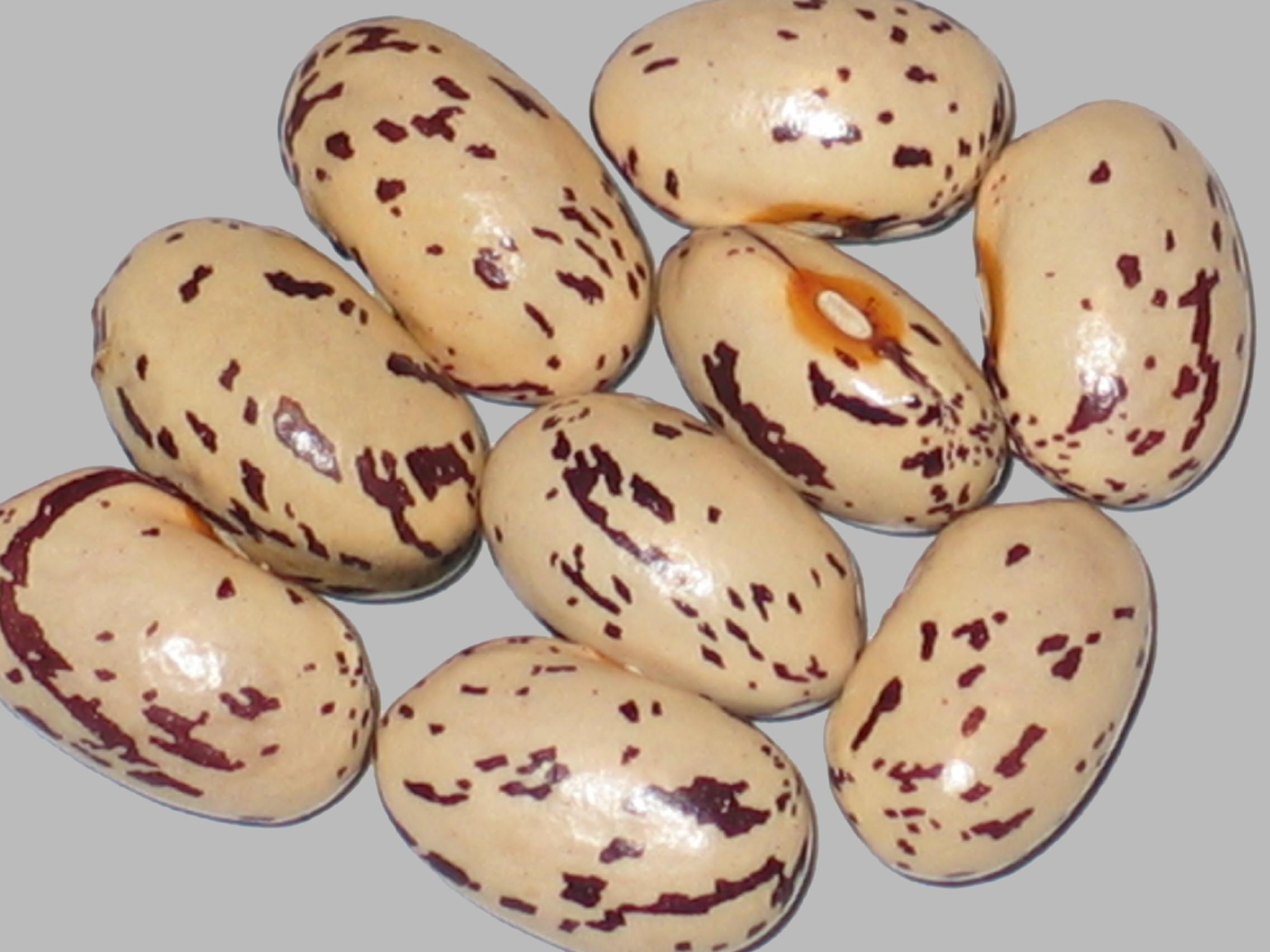
Fukuryu Chunaga
Grown In '22 & 2023
Semi Runner Dry. From my Australian seed donor in Hobartville, New South Wales, Australia in 2014. The high yeilding Japanese bean was listed in agricultural publications as far back as 1973.
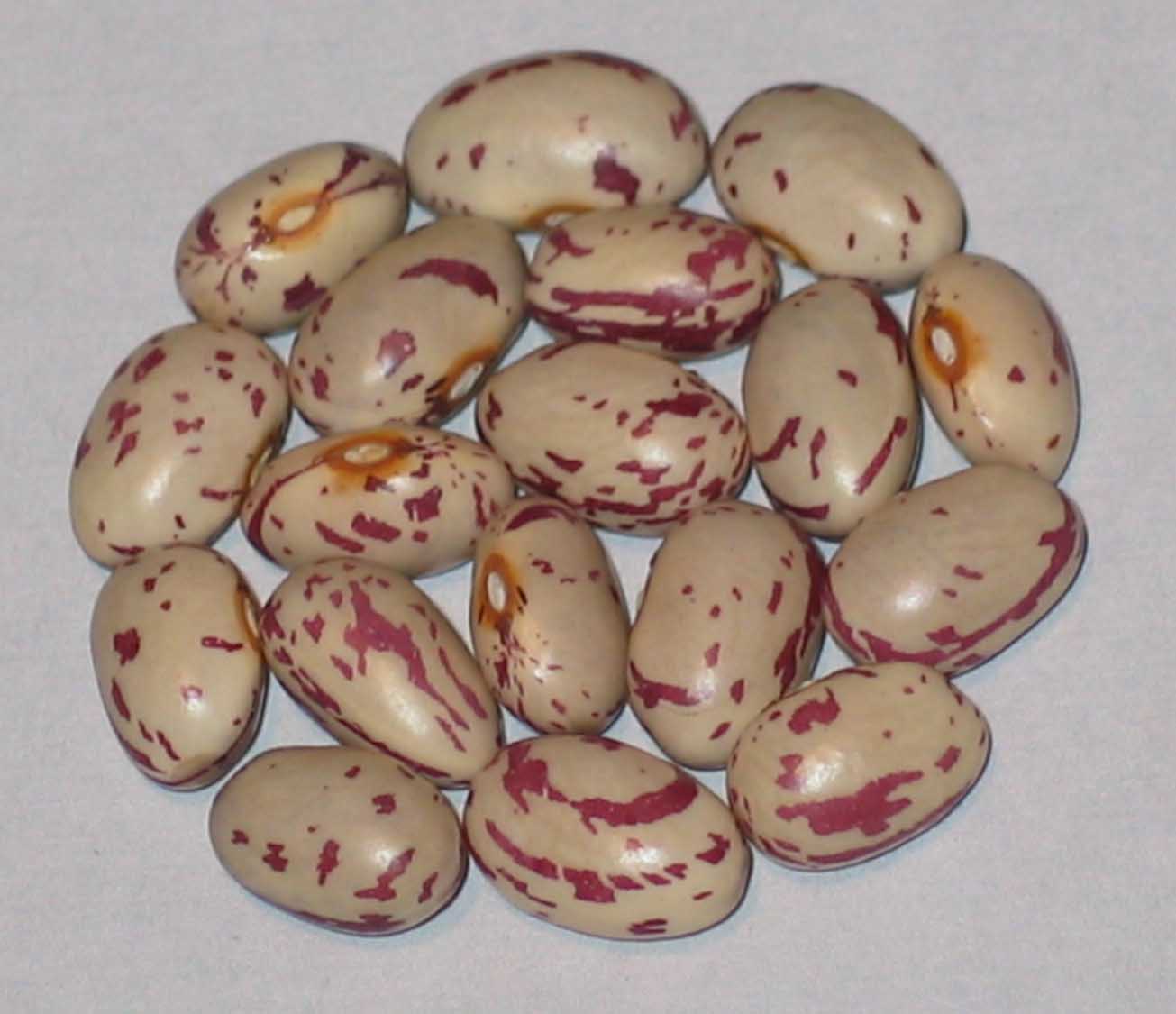
Gabarone Sugar
Grown In '18 & 2023
Semi Runner Dry. Sent to my by a South African seed donor from Hercules, South Africa in 2013. Usage in the same as described earlier for other sugar beans. Country of origin Botswana, Africa.
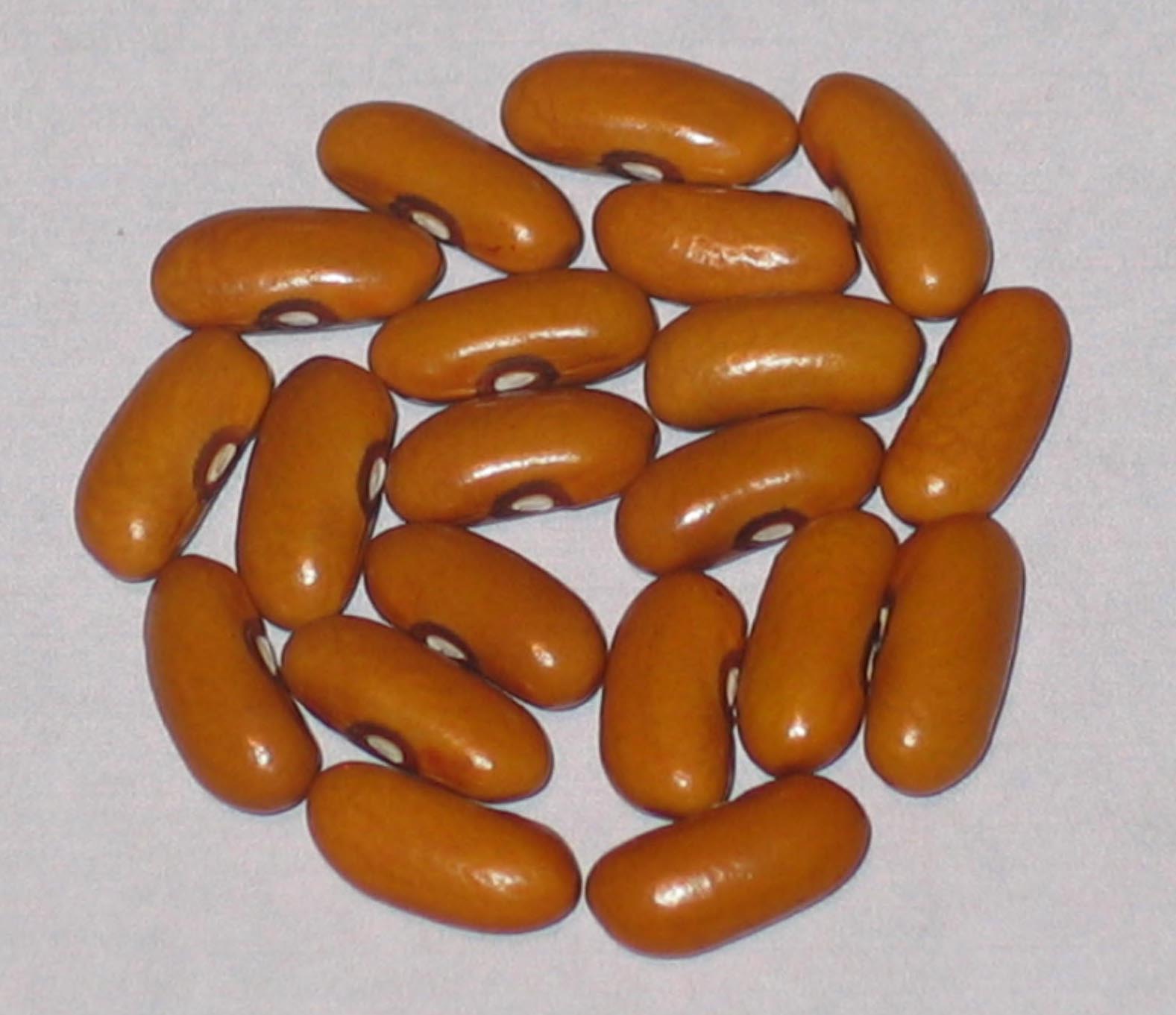
Gaucho
Grown In '16 & 2019
Bush Dry. Said to be of Argentinian origin. Seed gifted to me by Jenny Blaser of Little Chute, Wisconsin in 2021.
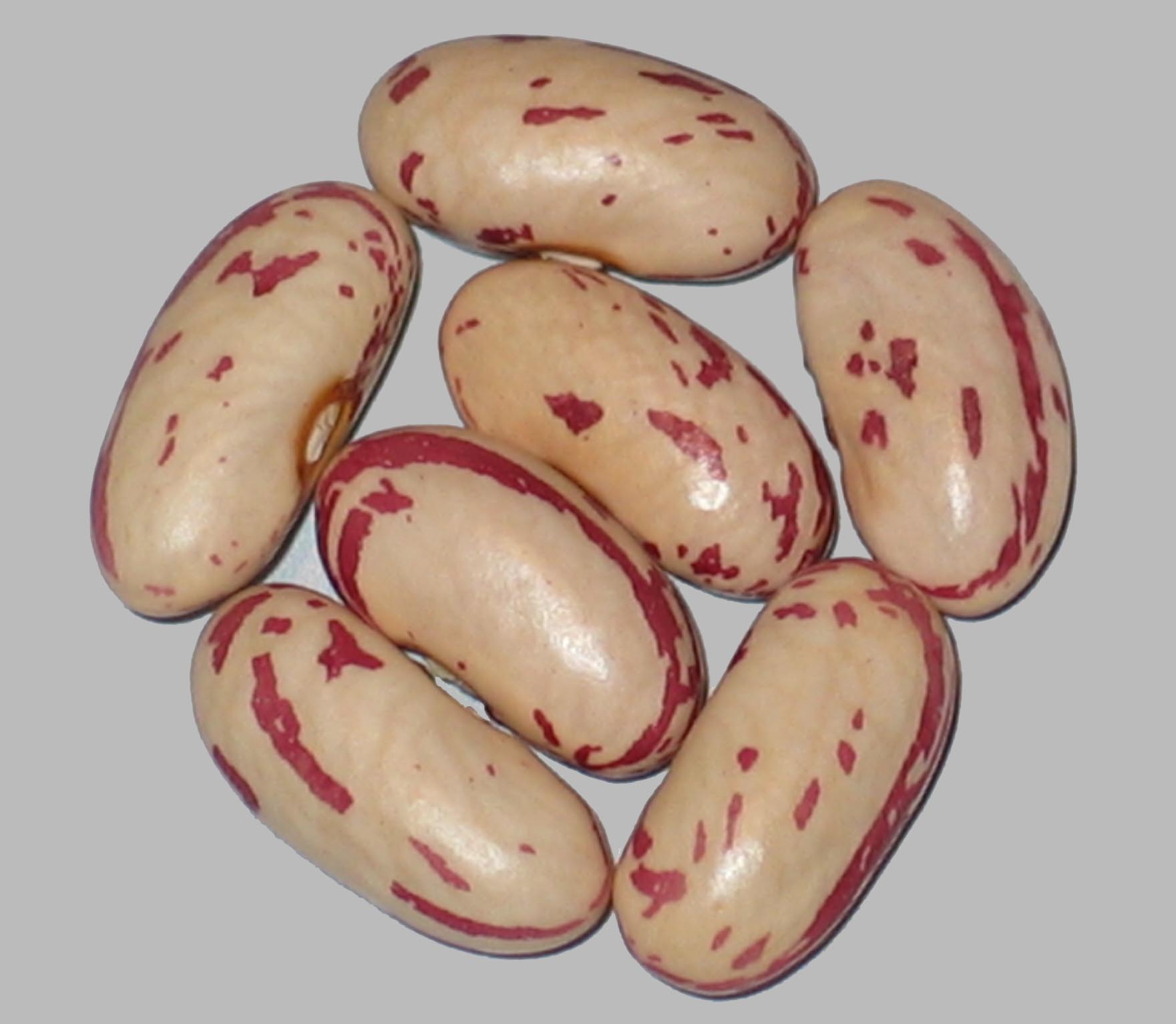
Gauk
Grown In '16 & 2019
Bush Dry. Early 75 DTM. This bean I acquired in 2011 from a New York state Seed Savers Exchange member. The bean originates on the island of Gotland, Sweden over 100 years ago. One SSE member acquired the bean from the Heritage Seed Library in the UK.

George Washington Fall
Grown In 2023
Pole Snap. My seed donor is Amanda Winland of Mount Alto West Virginia.
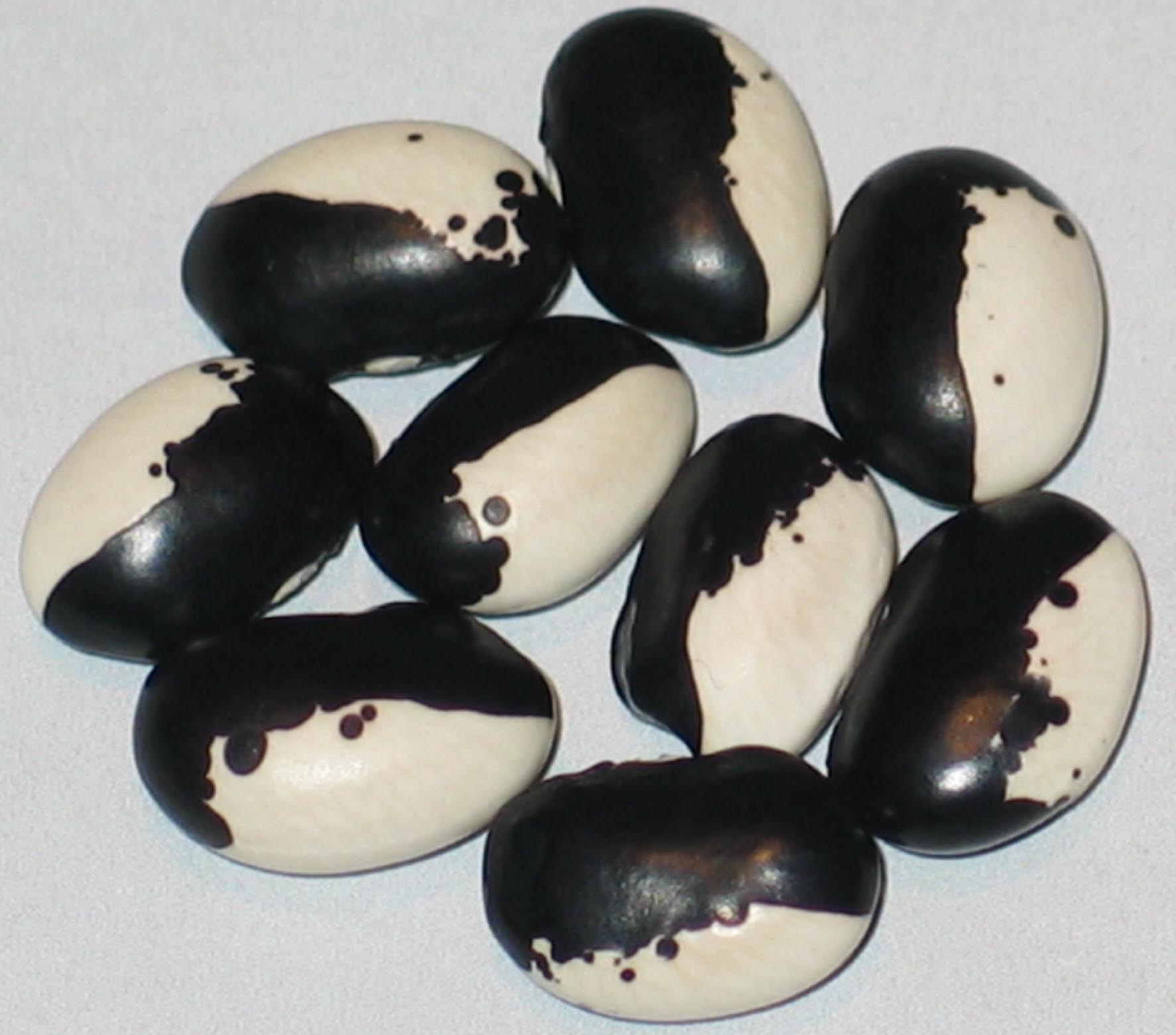
Georgian Black And White
Grown In '17,'20 & 2022
Pole Dry. Another of the many beans that Joseph Simcox brought back to the U.S. on his seed collecting forays overseas. Country of origin, Georgia. I acquired this bean from a teenage fellow in Iowa who was in my Network one summer and he grew 29 varieties for me in 2017. He produced some of the nicest seed you could want to grow. Then he let on that he had 19 Simcox varieties that I didn't have. So I got this and 18 more in trade from him in 2017.
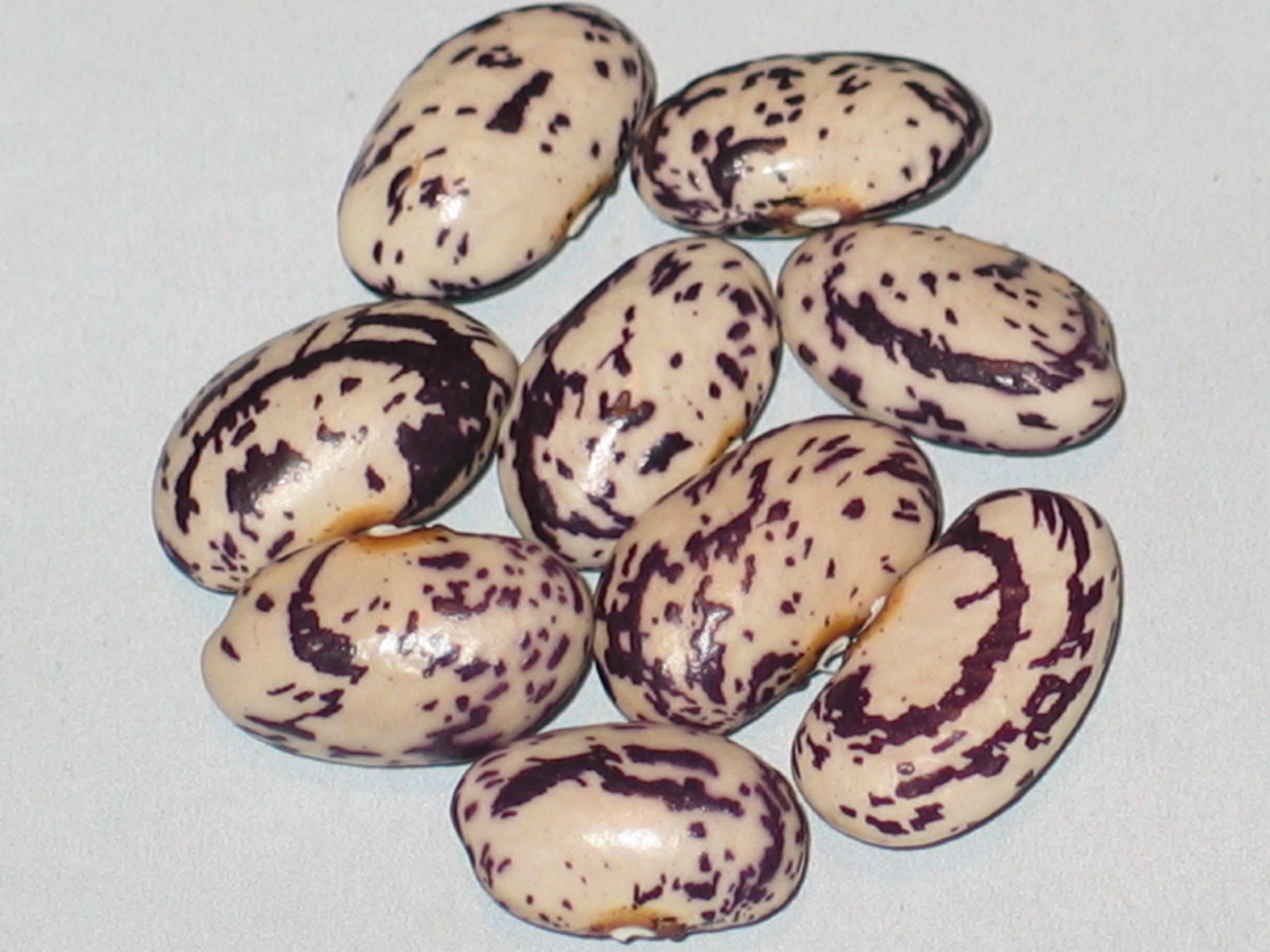
Georgian Pole
Grown In 2017
Pole Dry. Another of the many beans that Joseph Simcox brought back to the U.S. on his seed collecting forays overseas. Country of origin, Georgia. My seed donor is from Marion, Iowa.